Africa has been a highlight of my consciousness since I was a child. My first impressions of the continent were imprinted by a monthly subscription to National Geographic and The Lion King. Notwithstanding the obvious shortcomings of these with respect to tone and perspective, my child mind was positively impressed. What resonated was the vast majesty, colourful vibrance, and ancient mystery of the place. I was completely awestruck and utterly impressed by what I saw of the wildlife and people of Africa. I’m afflicted with chronic wanderlust, so naturally, since I’ve begun to travel, a trip to this place that excited my imagination as a child has been high on my wishlist.
I was born in St. Andrew, Jamaica. The approximate straight line distance between Jamaica’s easternmost tip and Africa’s westernmost tip is 12,330 km (7,662 miles). As I write, there are no regular commercial flights direct from Jamaica (or any other Caribbean island) to anywhere in Africa. Most flight routes take you through Europe and the United States. The cost of travel is one thing, visa requirements for entry to North America and Europe are another. It’s not f***ing easy to get there from Jamaica. In March 2020, I was in the position for the very first time where I had the time and the money to make the journey. That was the very same month the COVID-19 pandemic shut the whole world down and sent us all inside…indefinitely. One year later, we’d developed vaccines to help minimise the risk of reopening borders and resuming international travel. So, I decided to make the trip to Tanzania in May 2021.
Sixty-four images chronicling 64 days in Tanzania.
The Arrival
I landed at the Julius Nyerere International Airport on the night of May 12, 2021. My friend of 20 years lives in Dar-es-Salaam and it was an absolute blessing that he was willing and able to host me for all of 9 weeks. The whole way there I imagined welling up with tears of joy when the plane’s wheels touched ground for the first time on the stopover at Kilimanjaro International Airport. Instead there was this child-like excitement that had me grinning from ear-to-ear and pushing the boundaries of my neck to see out the airplane window as far as possible in every direction. The darkness on top of the water condensed on the window made for low visibility, and the droplets flowed one into another like I thought the tears would have been flowing on my face.
My stream of consciousness was interrupted by an elderly man beckoning to me clutching a phone in one hand, with his other hand extended in my direction. “You are young and your eyes are good. Could you read these numbers here for me?” When he was done adding the credit to his phone he proceeded to question me about where I was going, where I was coming from, and what I was doing in Tanzania. He thanked me for my help with the most rousing welcome home. That’s when the tears started to flow.
I was in a hurry to get outside, so I was one of the first 20 people off the plane and in line for the mandatory COVID test we had to do on arrival. Immigration was my next stop after testing. The excitement started building again as I approached the immigration desk. The officer asked me how long I’d be staying. I told him sixty days with a glad grin on my face. This was far from my usual deportment at an international port of entry. He asked if I planned to work or study and I replied, “no.” He also wanted to know which places I planned to visit and I reeled off the list of destinations on my itinerary. The officer pored over my documents a while longer before involving his colleague, another immigration officer. The second officer approached me and repeated the same questions. My answers were the same. She laughed and insisted that I was lying. Anger started to override the excitement that had been welling up inside me. The Republic of Tanzania allows holders of a Jamaican passport to enter visa-free and we’re entitled to stay for up to 90 days. Eventually, after much ado about nothing, my passport was stamped granting me a 70 day stay.
It was a blessing to arrive in Africa for the first time and be met by a brother who had me feeling like I was coming back to boarding school after spending the holidays at home in Jamaica. He requested an Uber and we happily chatted out the 20-minute wait for the driver. About 10 minutes after we left the airport I noticed a really lively conversation happening in the front of the car. I tuned in just in time to realise we had run out of gas. The car stopped brapse in the middle of a busy dual carriageway in Dar-es-Salaam while cars and trucks are speeding by. Alex and the driver pushed the car into the gas station that was about 500 metres away, while I sat in the back seat in disbelief. What a welcome.
The next day we were up at dawn to catch a 7 am ferry to Unguja Island, Zanzibar. I’d dreamed about exploring that place since the day Carmen Sandiego introduced me to it. We hustled through immigration and baggage claim at the old port in Stone Town to find a taxi driver who would take us to Pajé for a reasonable price. Lucky for me, my travel partner knew his way around and spoke good Swahili so all I had to do was not get lost in the crowd. It didn’t take us long to find a driver willing to make the 1-hour trip for a price that we could all agree on. I was silent and staring wide-eyed out the window for the entire ride. The natural environment looked like any rural district in Jamaica. It was the women wearing hijab that were the main visual cue that I was not in Kingston anymore. By the time we got to the beach, I was like a kid in candyland. Perfectly at home. The place is pure bliss.
Food & Culture
A majority of Zanzibar’s population is Muslim. The island was an Omani stronghold in the late 17th century before the Portuguese, Germans and British started meddling. The Zanzibar archipelago is an autonomous region of Tanzania and Zanzibaris living there today are mostly Swahili-speaking Africans, Arabs, and Indians. Aside from tourism their main industry is farming and manufacturing spices. Listen…di place is a dream for a mermaid foodie like me. The food in Zanzibar was amazing. Heavy on the curries and warm aromatic spices, well-seasoned, and plenty seafood. Home cooked food on the mainland, in Dar-es-Salaam in particular, was lots of stews and ugali. I missed the heat and flavour of Jamaican Scotch Bonnet peppers though. The variety of fruits and veggies was mostly familiar, but I was constantly in awe of the difference in size. Melon and avocado inna Tanzania a next level sittn. Big! Such remarkable abundance.
Social Scene
Nightlife in Dar is vibrant. There was always somewhere to go. Clubs, bars, arts and culture events. Clubbing is not my forté and I was traveling in the heights of a global pandemic, so I was curious but not driven to explore ‘the scene.’ I did go to a few concerts and events (outdoors and all safety protocols observed…duh) and the vibe was way up. One place I found myself going to often was Slipway, a promenade of restaurants and bars by the Indian Ocean. It was one place I felt safe from crowds and sufficiently entertained. I learned some new dance moves and added to my playlist of Amapiano bangaz. Shoutout to the good people who made sure I got a proper glimpse of what nightlife in Dar is like.
People
I did many a double take. Everywhere I saw people who look like someone else I know from home. Tanzania’s population is mostly African, with Indians, Arabs and Chinese making up the next biggest cultural communities. Jamaica and Tanzania have these demographics in common. While there’s a physical resemblance between the faces of Tanzanians and Jamaicans, the difference in temperament is stark. There’s this reserved gentleness I experienced of people in Tanzania, compared to the Jamaicans’ more assertive deportment. Strangers call each other dada (sister) and kaka (brother). We use the same terms in Jamaica – sistren and bredrin – but the tone, the energy of the word sound carries a completely different frequency. I met a lot of lovable people from Botswana, Brazil, Egypt, Kenya, North America, and Europe. Tanzanians and foreigners living in Tanzania alike, who graciously introduced me to their perspectives of this amazing place.
The Maasai were the people who most interested me. I was familiar with their iconic garments and ornamentation, and I had the cliché impression of an ancient warrior tribe in my mind’s eye. I didn’t quite expect to see young men in their traditional Maasai regalia – shuka, spear, rungu and all – walking the city streets, working as the front of house security officer at a 5-star hotel, or the bouncer at a nightclub. I didn’t see any Maasai women until I traveled north. Midway through my stay I made the journey from Dar-es-Salaam to Arusha, where I’d begin my 4-day safari to Ngorongoro Crater, Tarangire and Serengeti National Parks.
The safari was the experience I’d been looking forward to the most. Super, our guide, picked us up at sunrise and we left Arusha early in the morning blanketed by fog and mist. Good thing I got the memo because I did not expect to feel that cold! I mean pack your fleece, scarf and beanie kinda cold. After about 3 hours on the road the sun had warmed the place up and we arrived at Tarangire National Park, famous for its huge elephant population and giant baobab trees. Minutes after we drove in we spotted a ginormous male African elephant tearing down an entire tree for lunch. A few yards up the road we saw lions mating. I was properly overwhelmed with excitement and we had barely been there an hour. By the end of that first day we’d seen hundreds of elephants, wildebeest, birds, and buffalo. Abundance and Africa are synonymous.
The next day we headed to the Serengeti National Park, which for me, was the climax of the trip. I have never seen such a vast expanse of flat open land. It’s this supremely humbling perspective that gives rise to a paradoxical feeling of being most significant and insignificant all at once. On the way to Serengeti we saw Maasai children playing among the trees while giraffes fed from trees nearby. It was amazing to watch them, at ease and unfazed, the same way a child in Jamaica run up an’ dung ‘mongst cow and goat. Meanwhile I was experiencing the thrill of my life. We drove for hours amidst thousands of zebras, gazelles, giraffes, hippos, wildebeest, buffalos, and elephants. Just before lunch time a call came through on the jeep radio. There’d been a leopard sighting. By the time we’d arrived at Serengeti we’d already seen 3 of the ‘Big 5.’ The leopard and the rhino were the two we hadn’t yet spotted. After following the cryptic directions we got for about 15 minutes, we found the tree where the sleepy leopard was napping with the carcass of the gazelle she’d hunted the night before hanging above her head.
Our lunch spot was a shaded area near a grove of trees. We evicted a herd of antelope, who clearly weren’t comfortable with our presence. After lunch we got back on the road to see an almost infinite variety of birds, a second leopard and the elusive black rhino. By the end of our time in the Serengeti we’d seen all of the Big 5: lion, leopard, buffalo, rhino, and elephant. You know the part of the safari adventure I didn’t see coming? The reality of figuring out where to pee while you’re out in the wild for 8 hours at a time. I’m comfortable popping a squat so that was not the issue. The first time I asked Super to pull over, in what I thought was a perfectly appropriate place, he refused. There wasn’t an animal or another jeep in sight so I asked him why. “High grass…we stop here, you get dying.” It took me 2 seconds to remember where we were and realise that he was absolutely right. I laughed at myself so hard I almost pi**ed my pants.
History
After the safari experience, Pan-African history lessons were the next most exciting types of experiences I was after. So, I visited the National Museum and House of Culture. The exhibits there gave me a decent overview of Tanzanian history, culture and insight into the life of Mwalimu Julius Nyerere. My experience at that museum really cemented in my consciousness Tanzania’s pivotal role in Pan African liberation and how many African, Caribbean and South American revolutionaries sought refuge there while building momentum for their own movements. Fidel Castro (Cuba), Walter Rodney (Guyana), Ernesto Guevara (Argentina), and Samora Machel (Mozambique) are some of the prolific leaders who found peace, support, and renewed energy in Tanzania. Diplomatic ties between Jamaica and Tanzania have existed for decades. I need to deepen my research about Nyerere’s visit to Jamaica in 1974 and Tanzania’s relationship with the Caribbean. This is my goal before my next trip. Another thing I should have realised before was how similar our flags are. Tanzania’s flag is basically Jamaica’s black, green and gold with a highlight of blue. That sealed it. The Universe is clearly urging us along in realising that we’re distant relatives.
Surprise…Surprise
What did I experience that I didn’t expect?
I didn’t expect to get by so easily communicating in English. I am very aware of my language privilege and tried my best to speak Kiswahili, especially when I didn’t have to.
I didn’t expect to feel so damn cold in Arusha, and it got chilly in Zanzibar too.
I didn’t expect to have to be so mindful of my attire. It’s a muslim country. Skin out is a no no…except on the beach. You’re liable to be fined for riding a scooter on the road with your back all out.
What to Expect
Honestly…I recommend expecting nothing. Show up open to the energy of the place, then let grace and your intuition do the rest. My experience in Tanzania was of a place whose people are rich in love, whose land is unbelievably abundant, diverse, and beautiful, and whose history is noble and utterly fascinating. It felt like a well grounded and rounded introduction to East Africa.
Tanzania is a 9 outta 10 highly recommend.
CONNECT ON SOCIAL MEDIA
COMMISSION A STORY
Schedule a free consultation to discuss creating a bespoke piece of writing, or shooting a video, for your project, business, or travel destination.

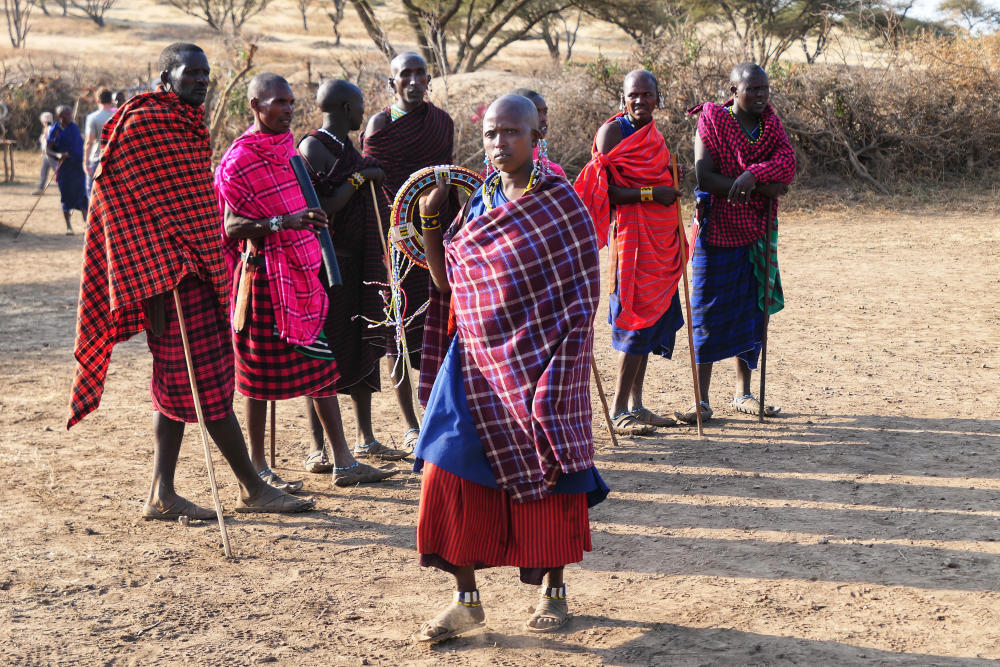
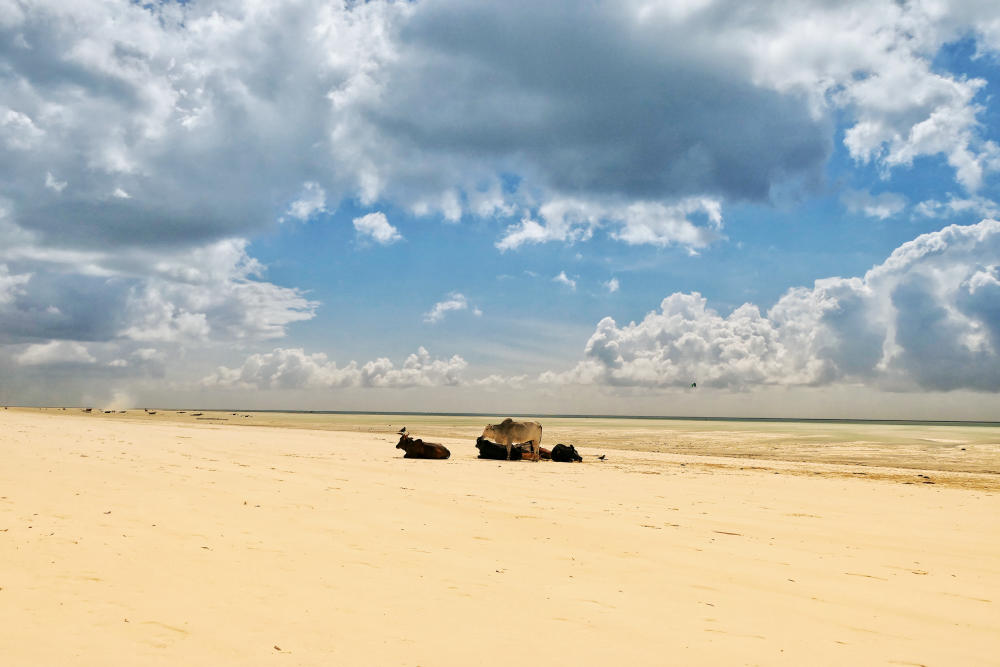
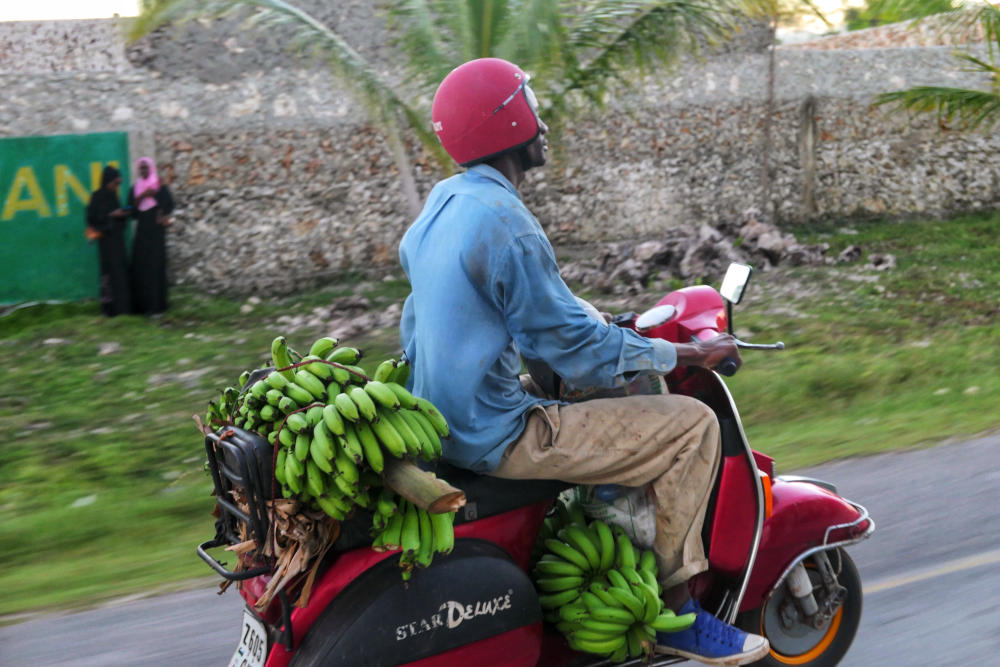
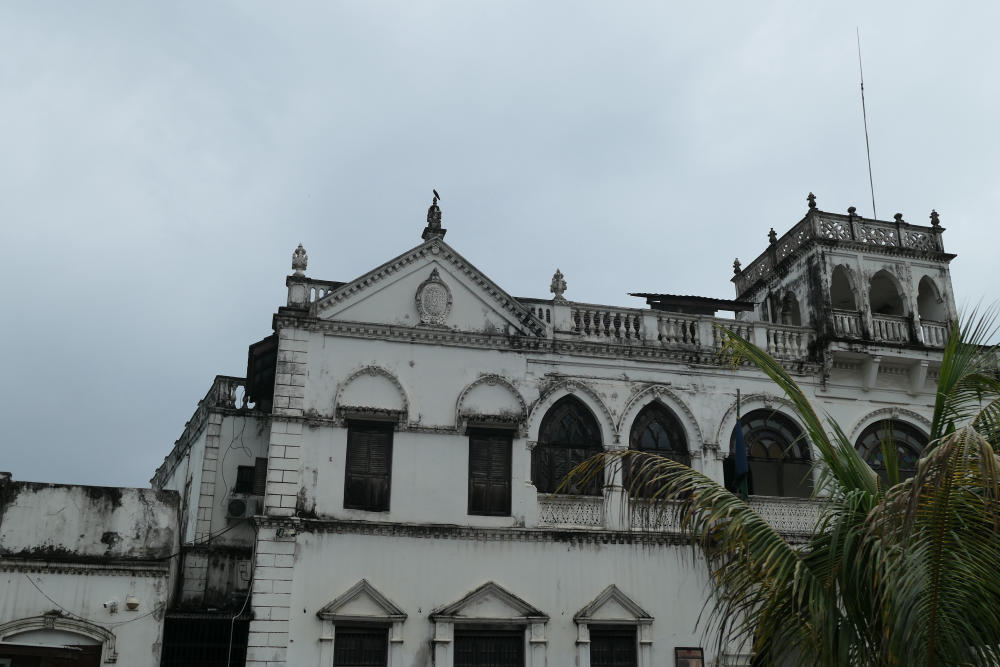

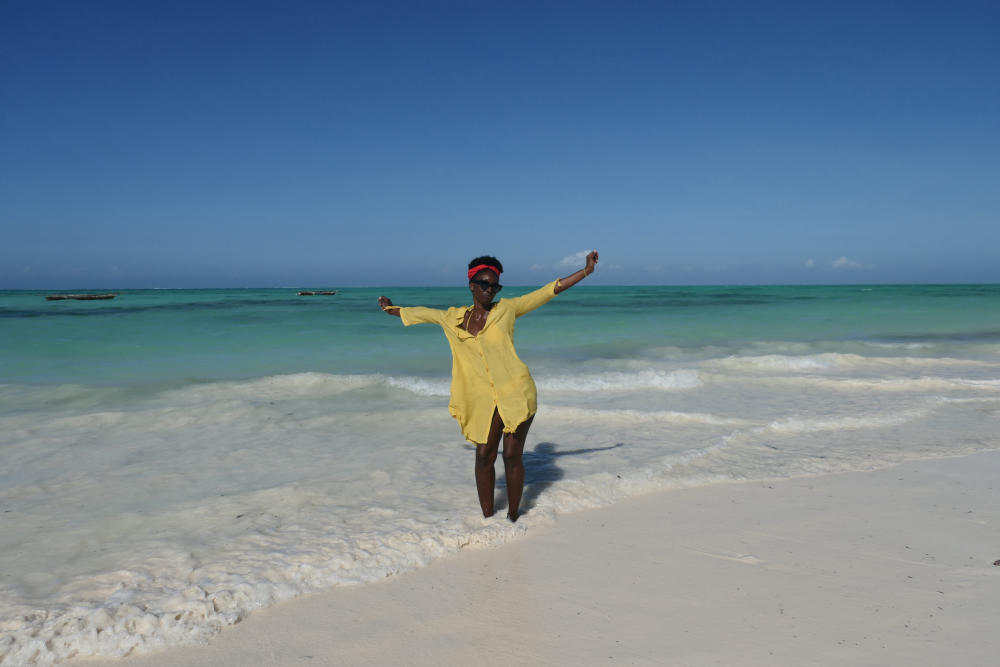
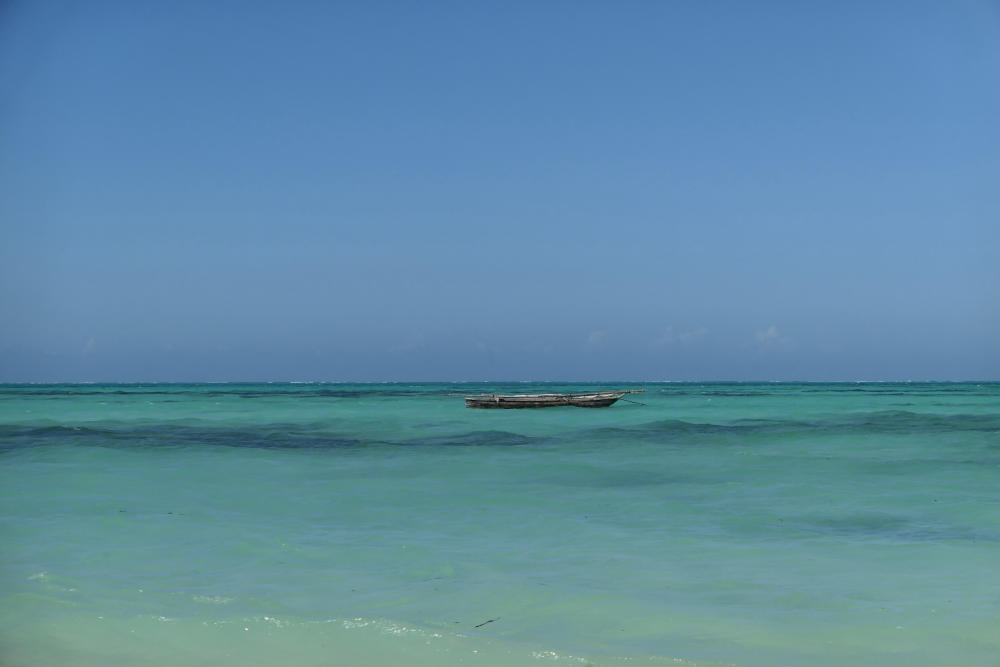
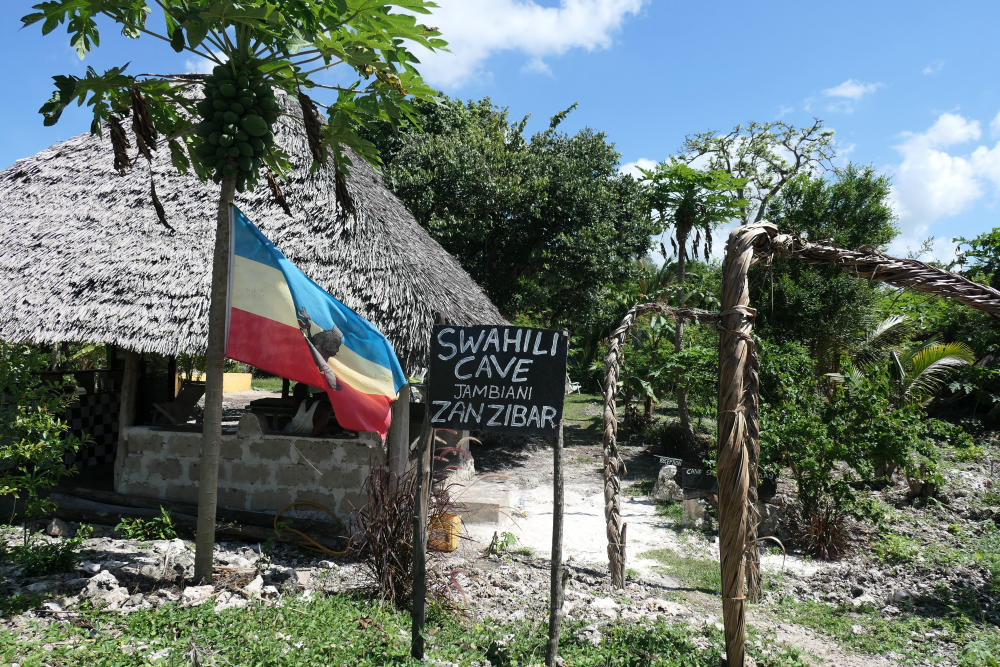
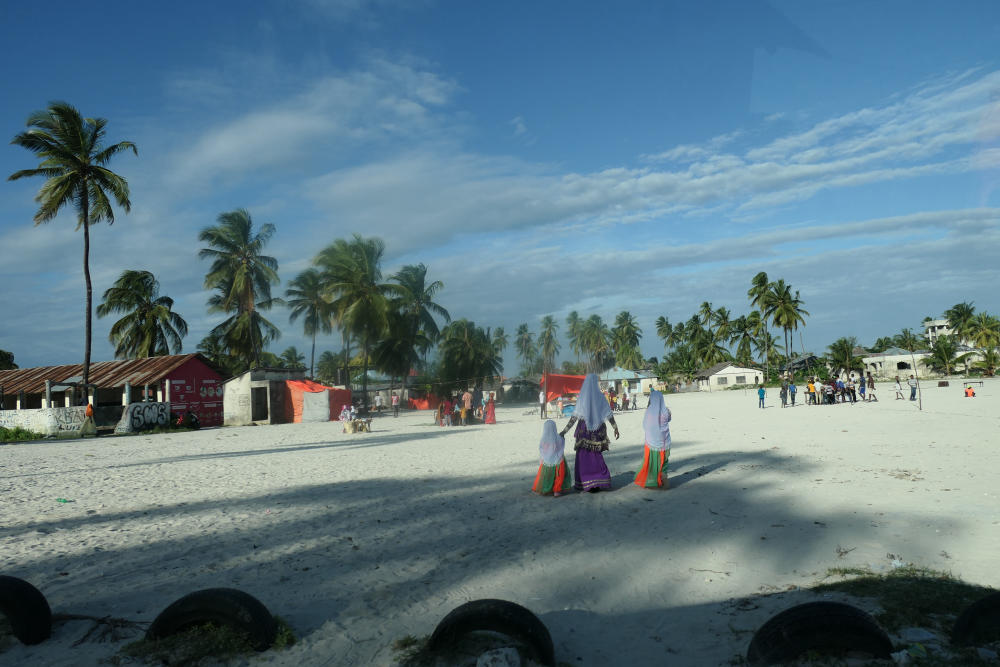

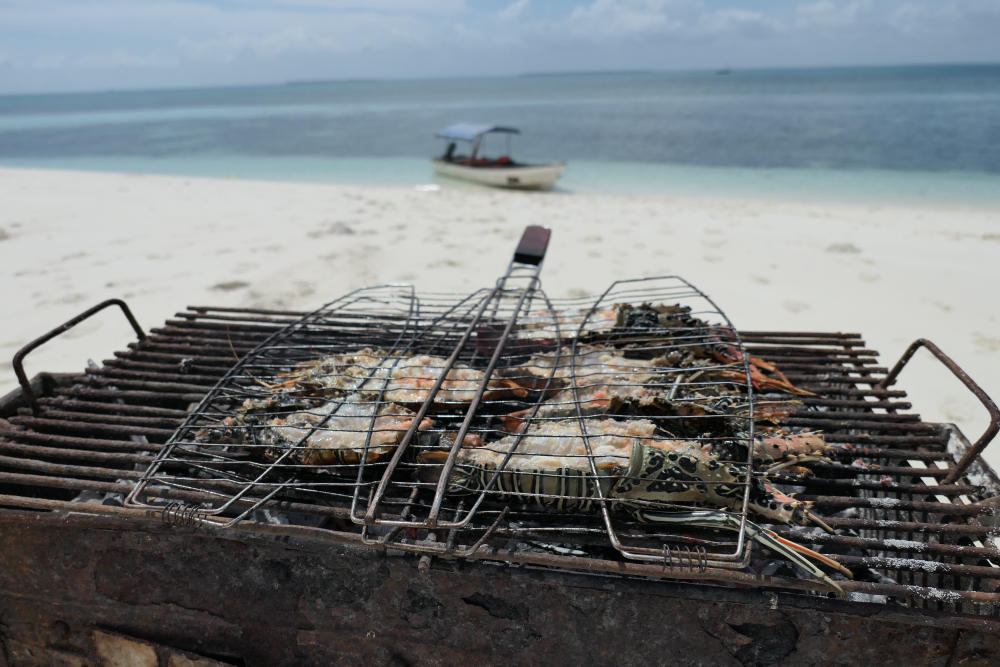
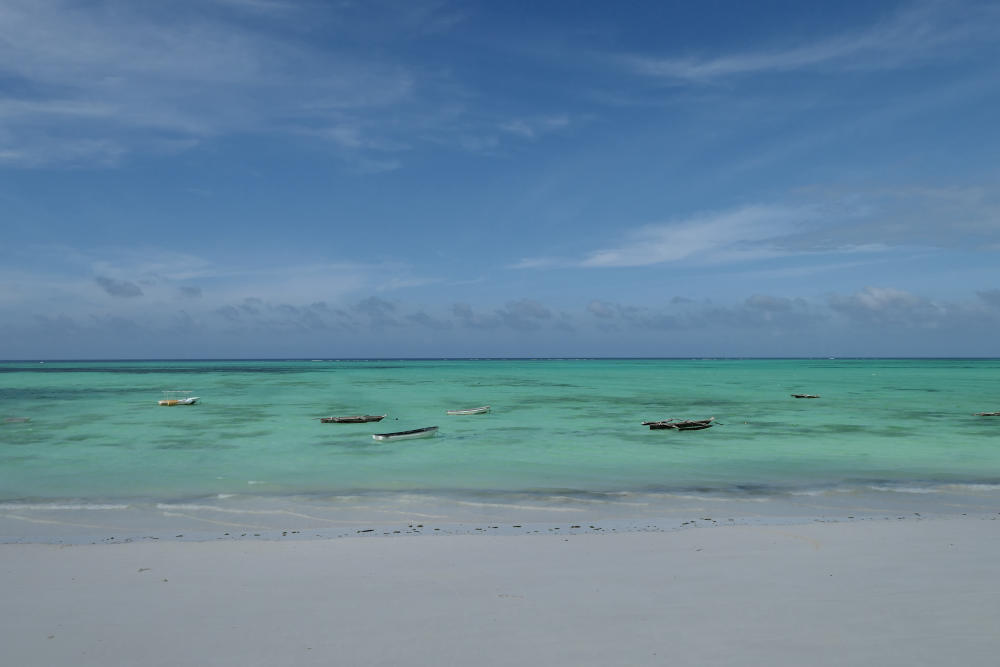
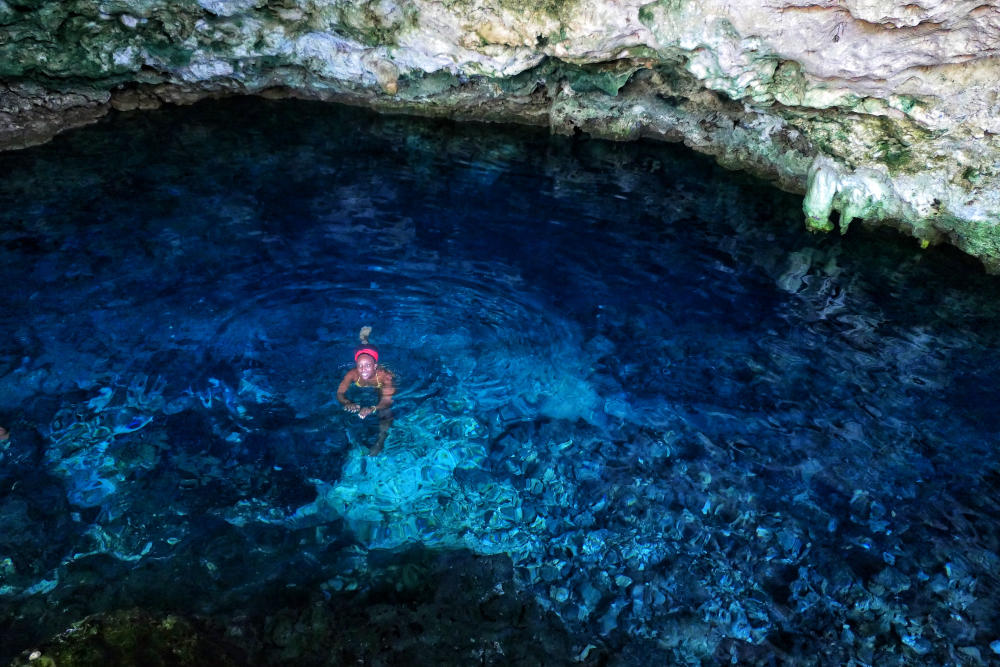
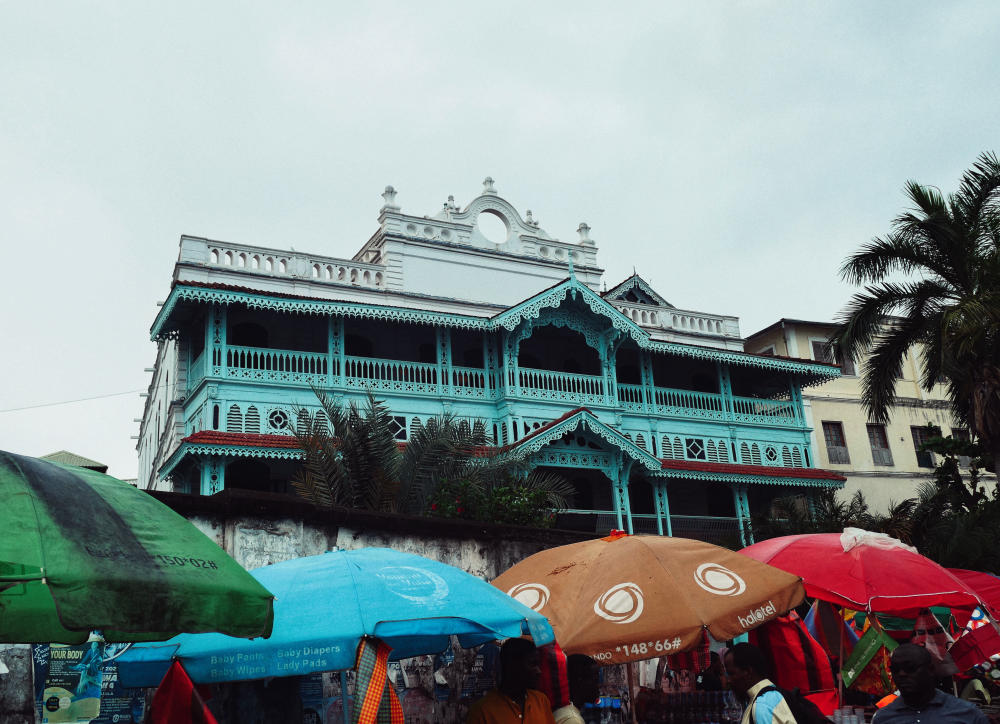
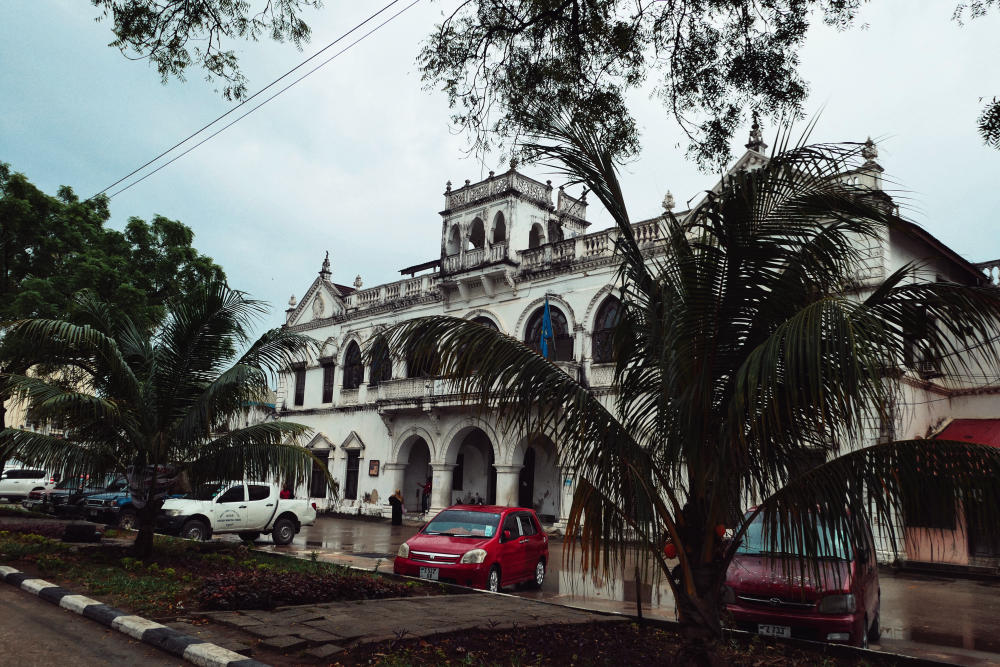
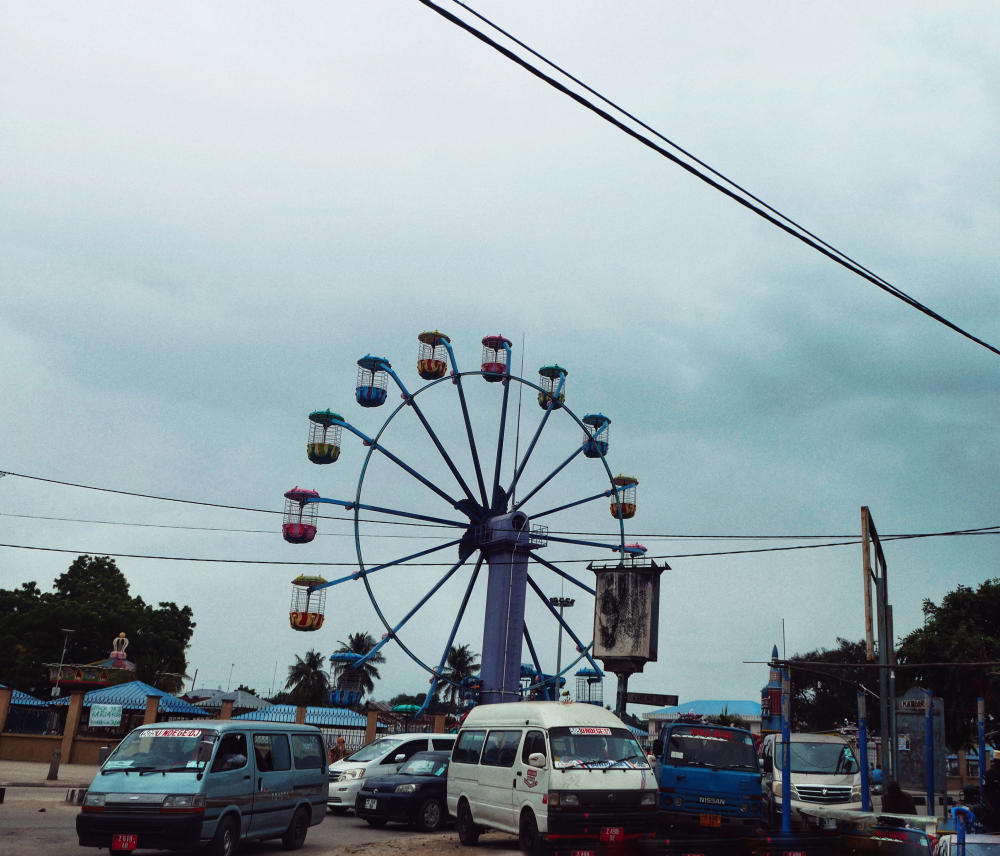
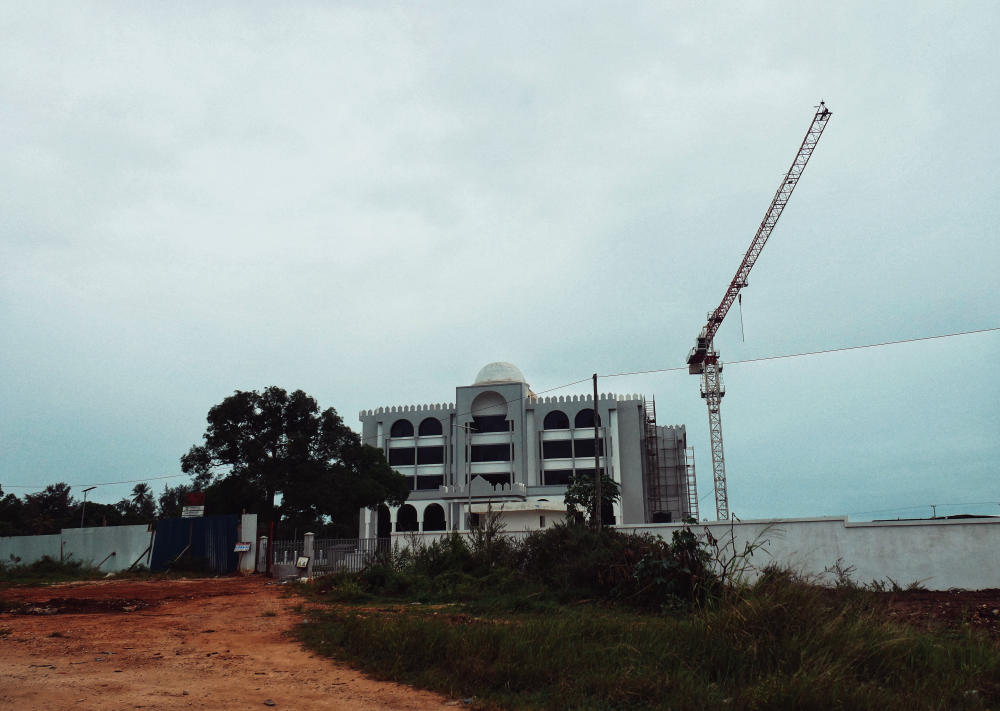
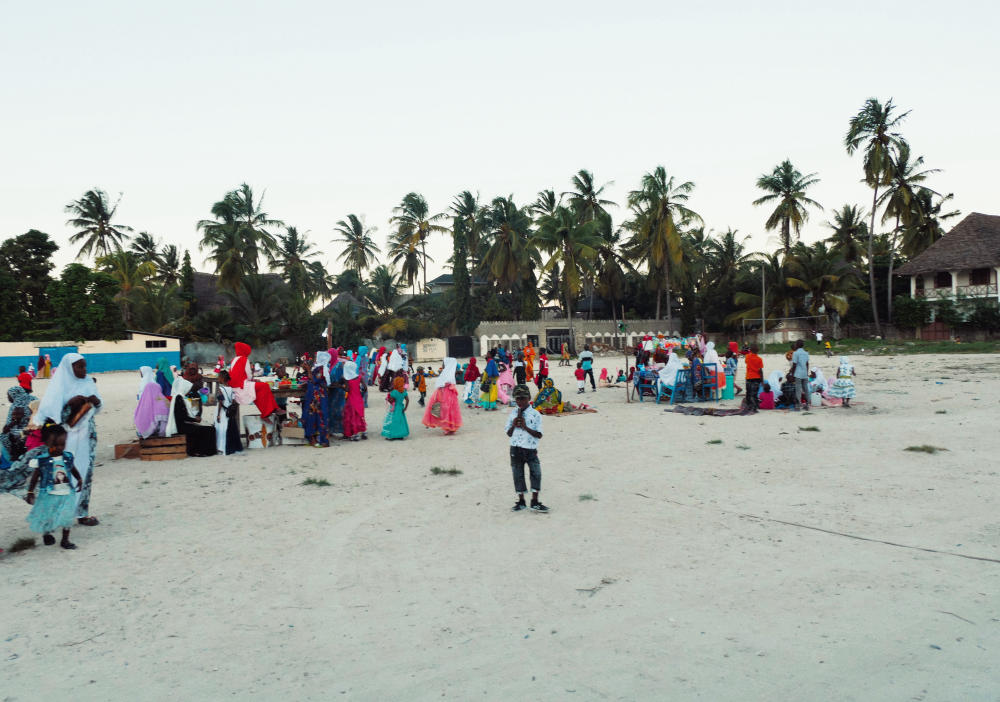


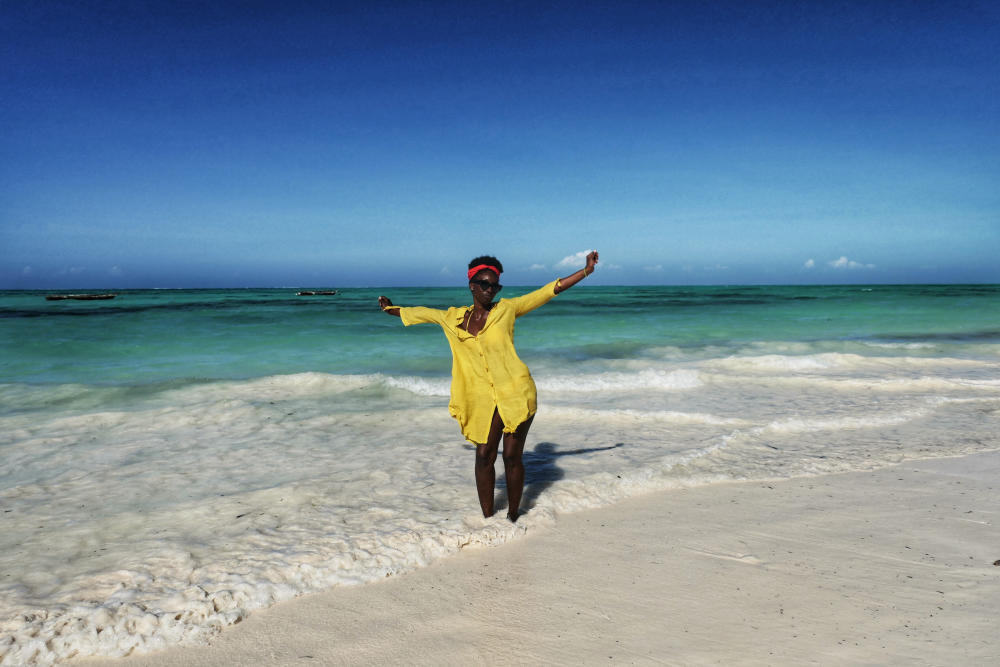
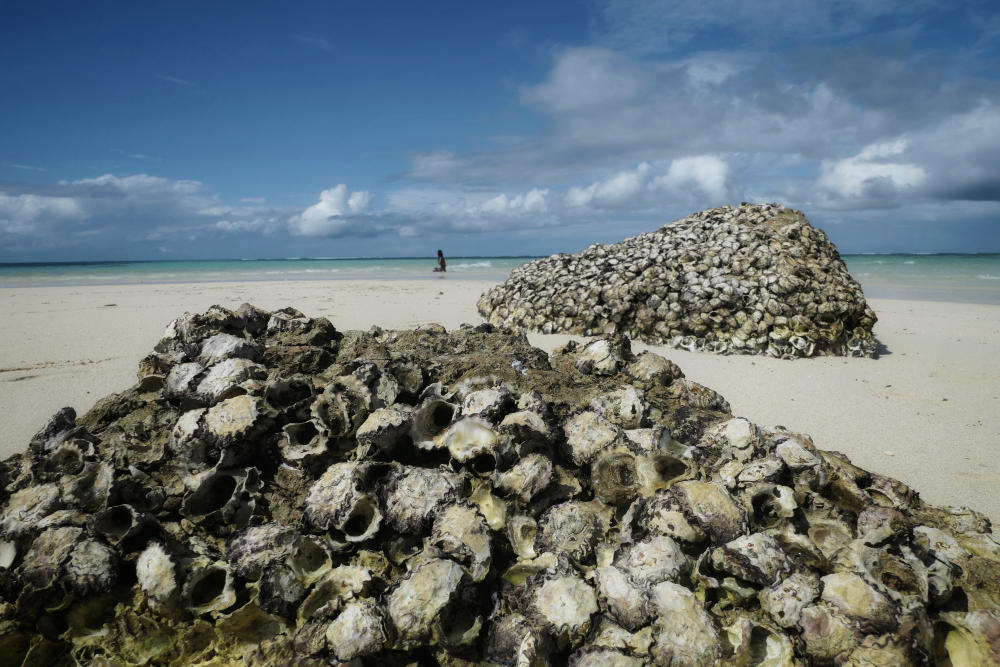
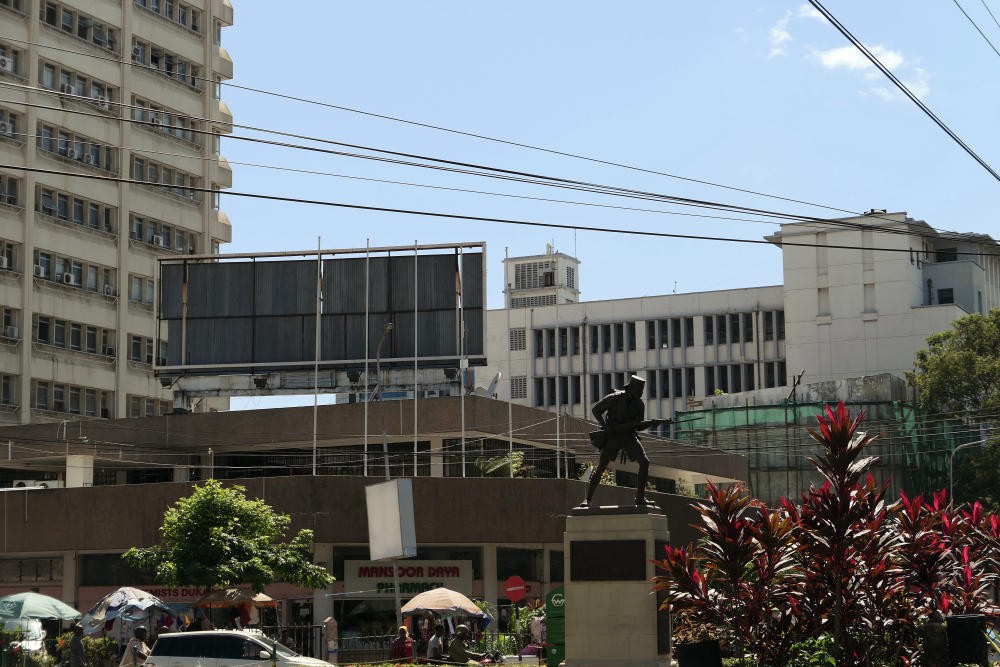
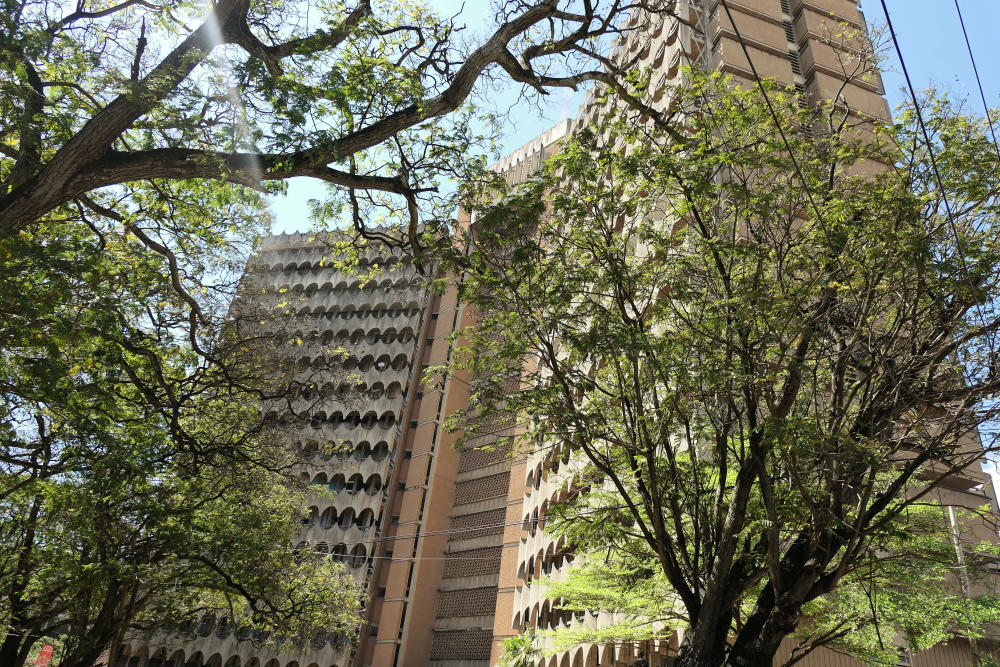

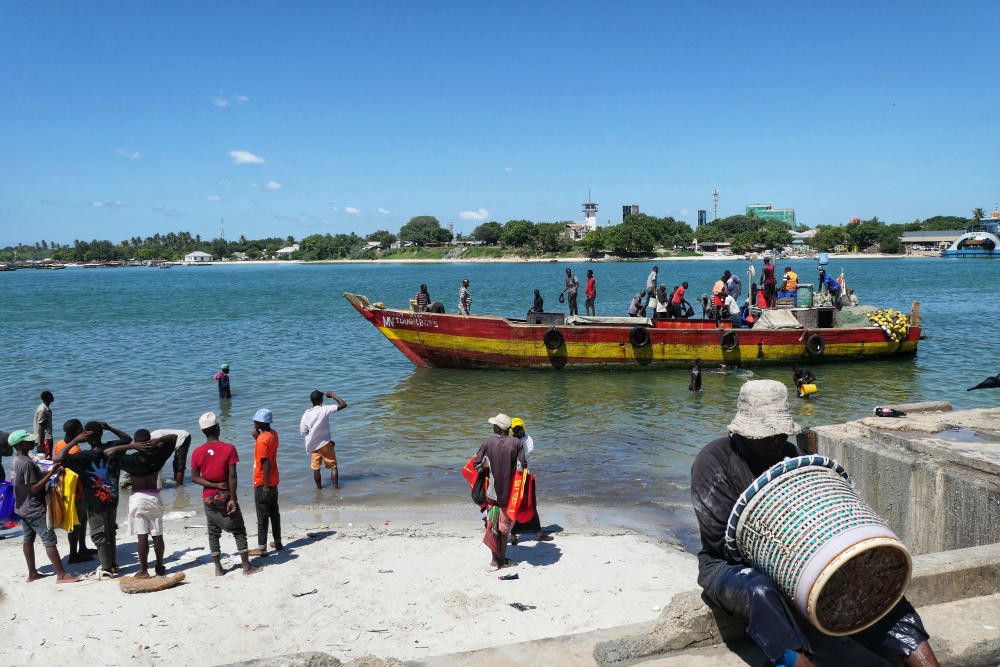
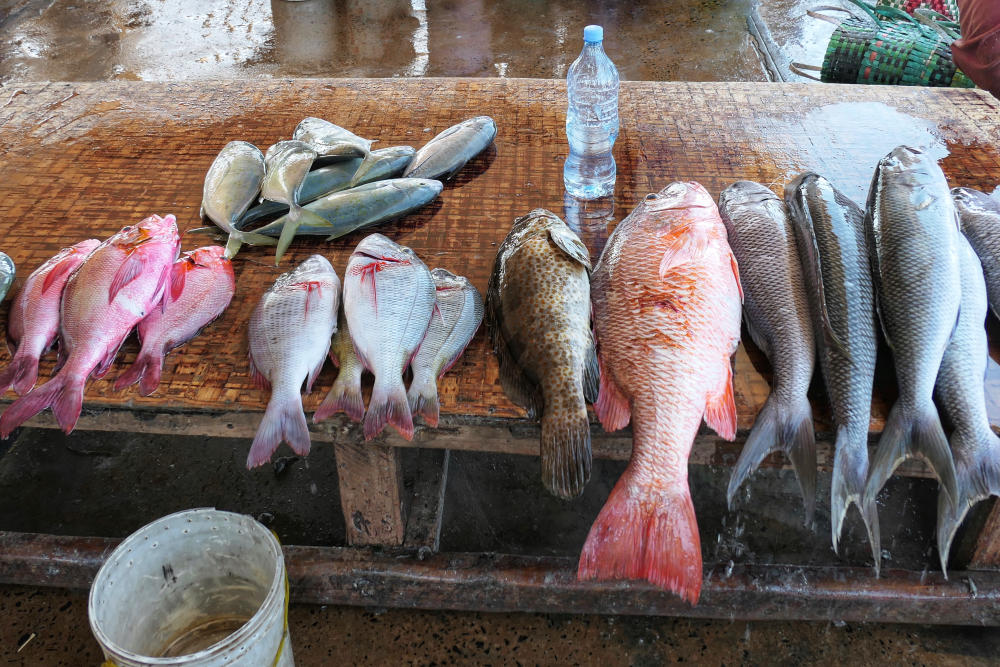
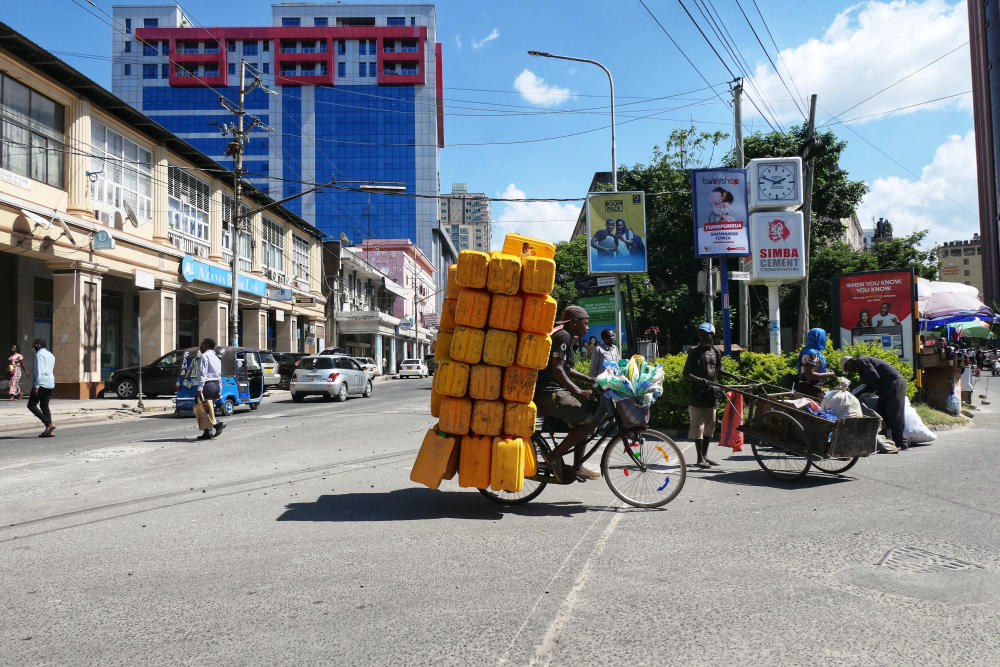

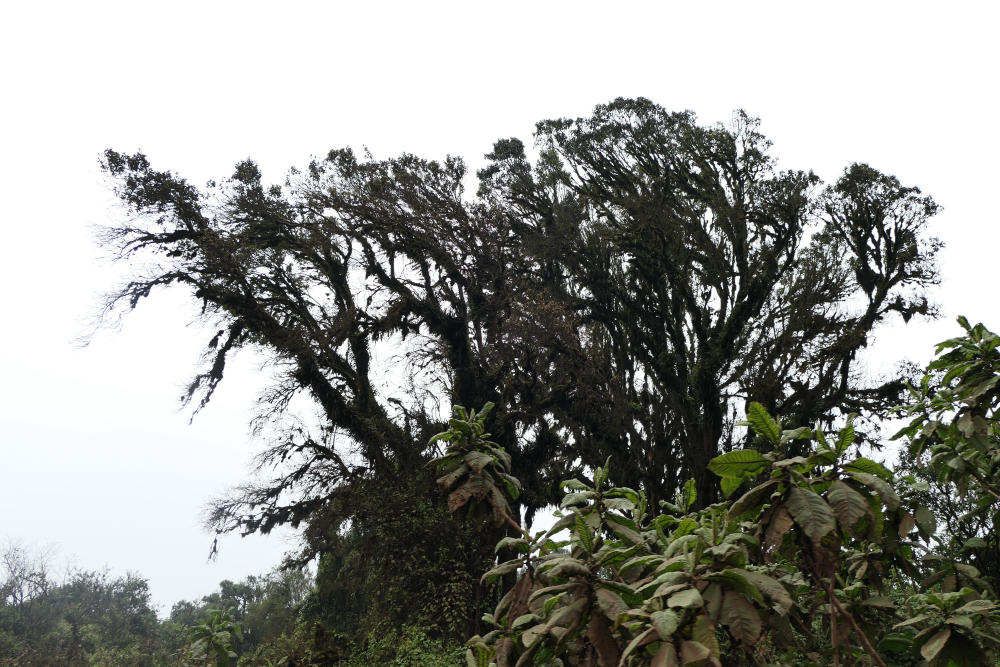
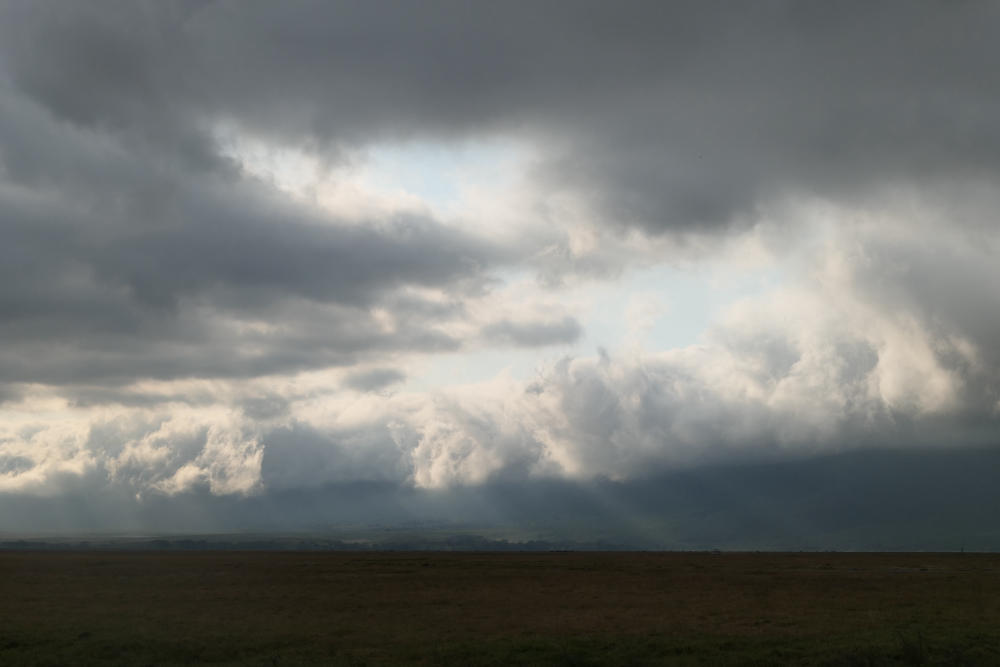
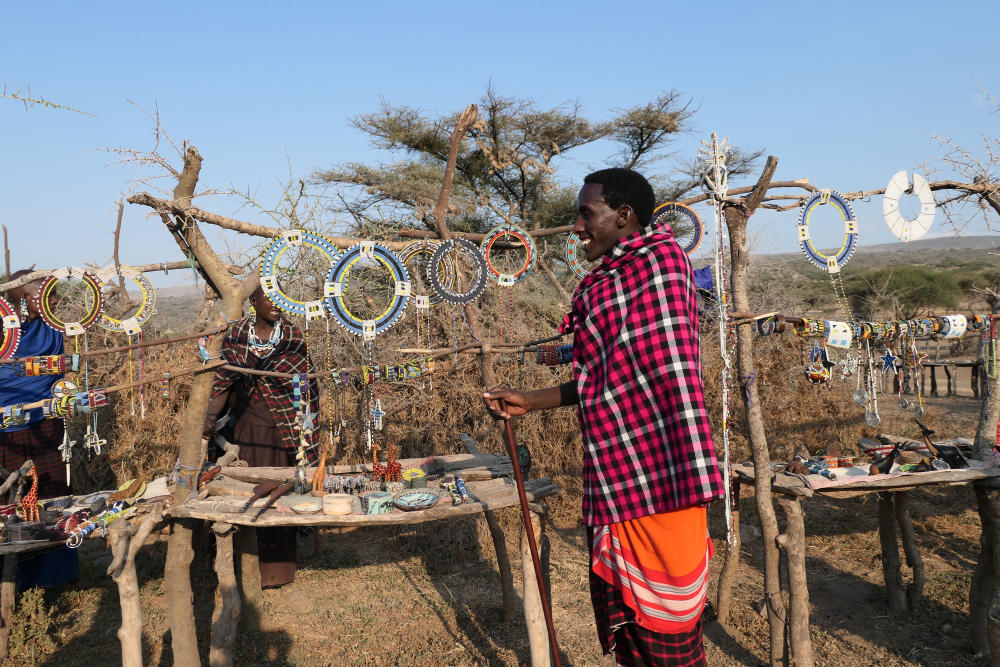
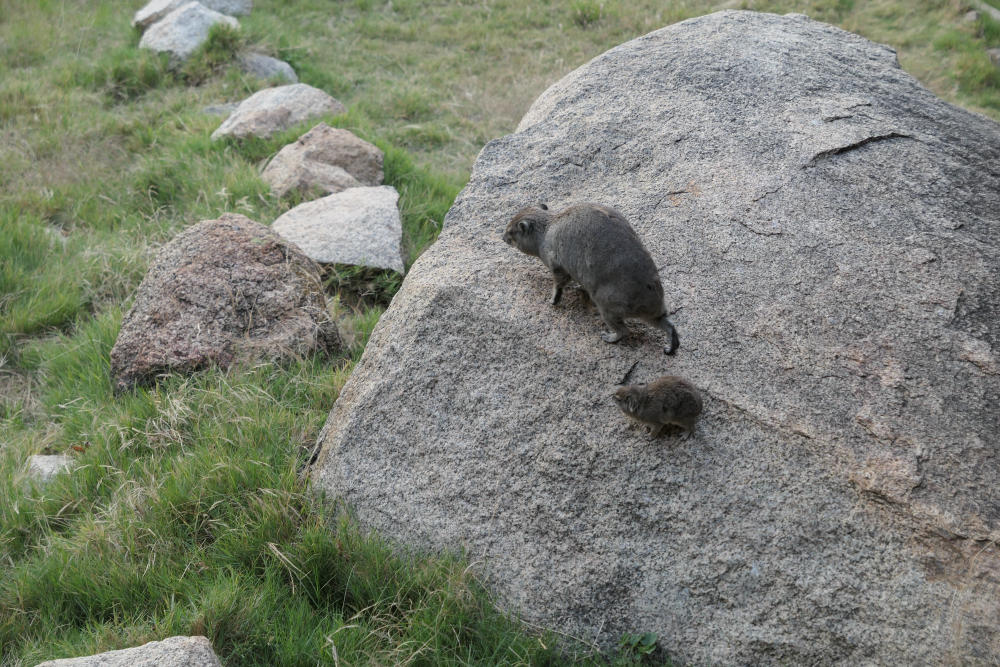

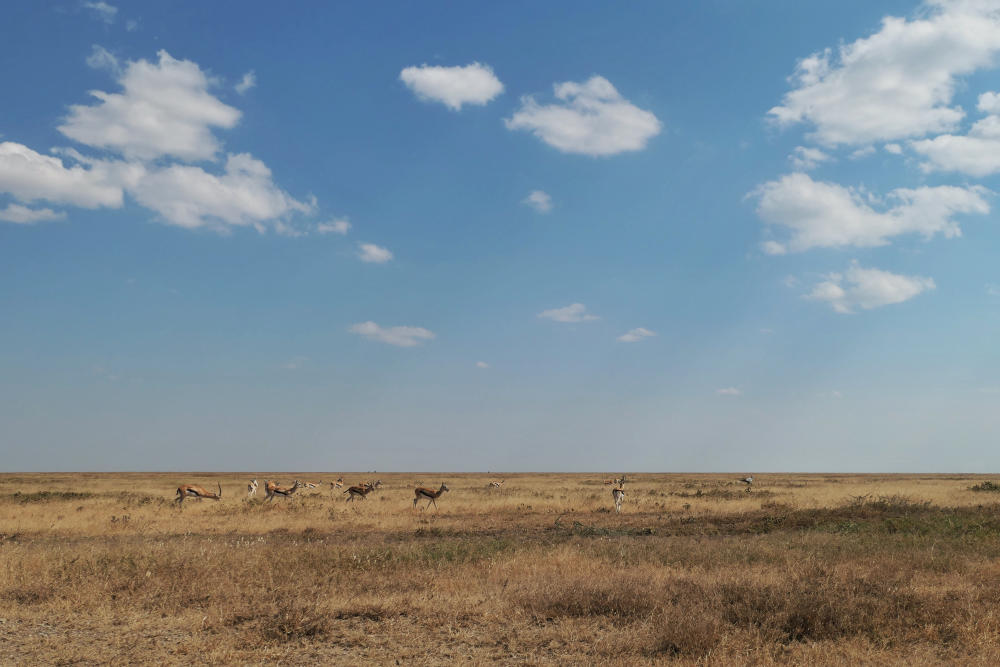
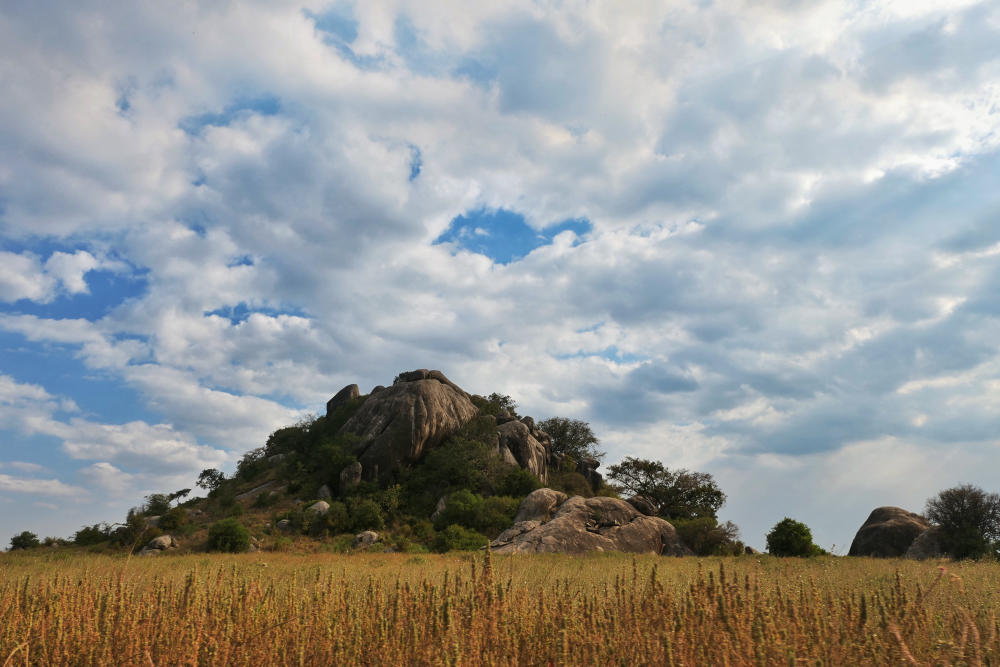
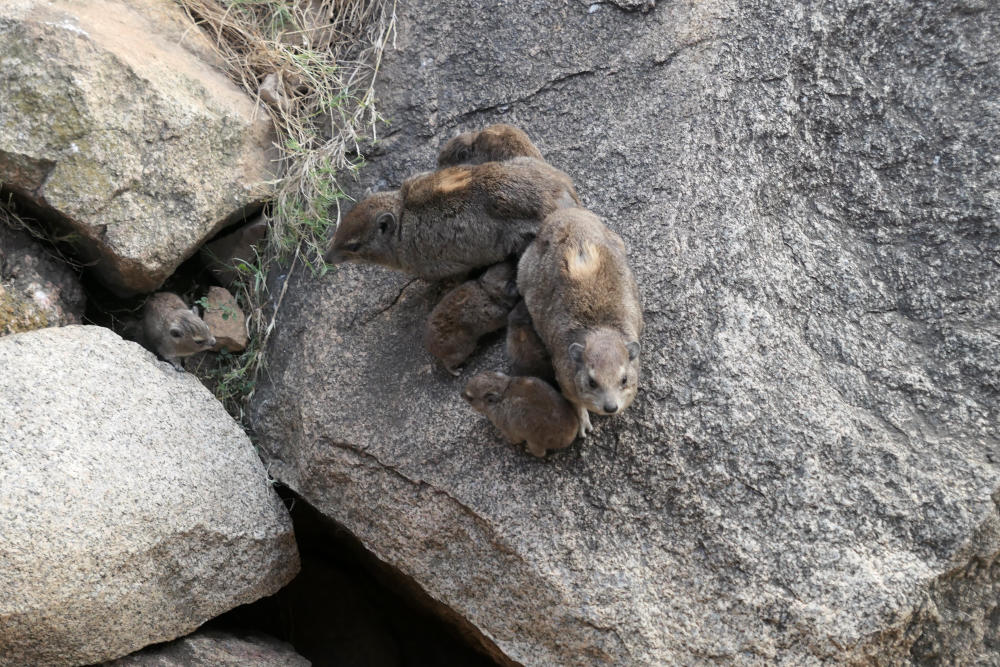
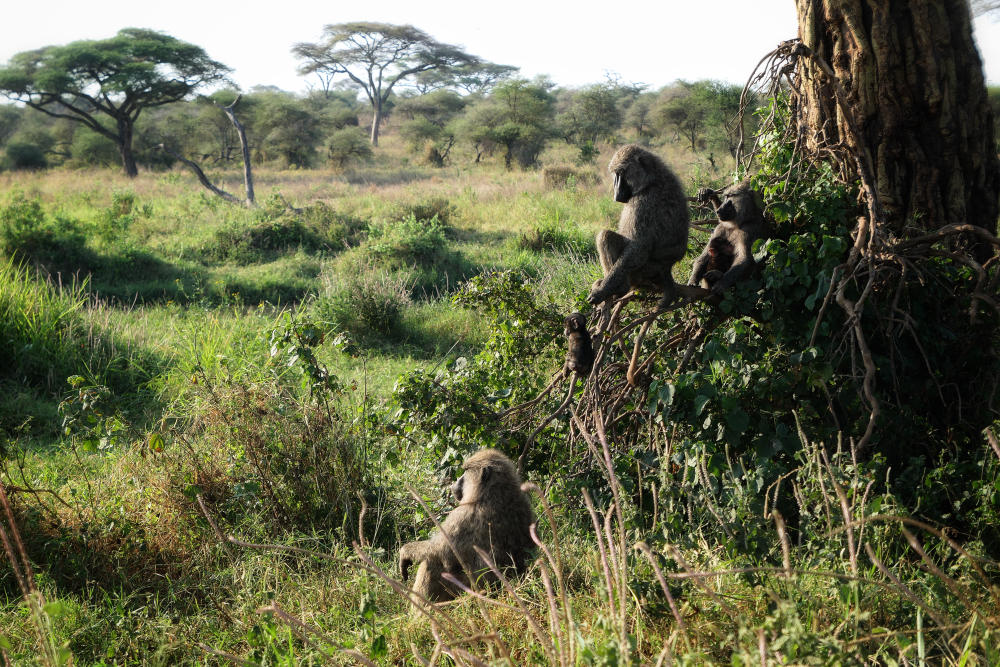
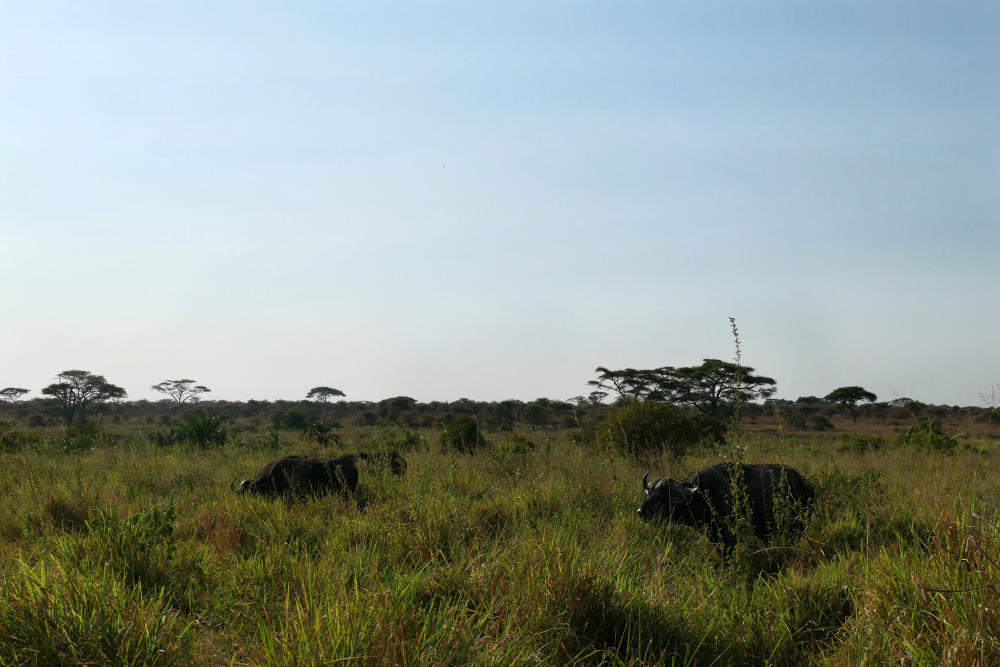
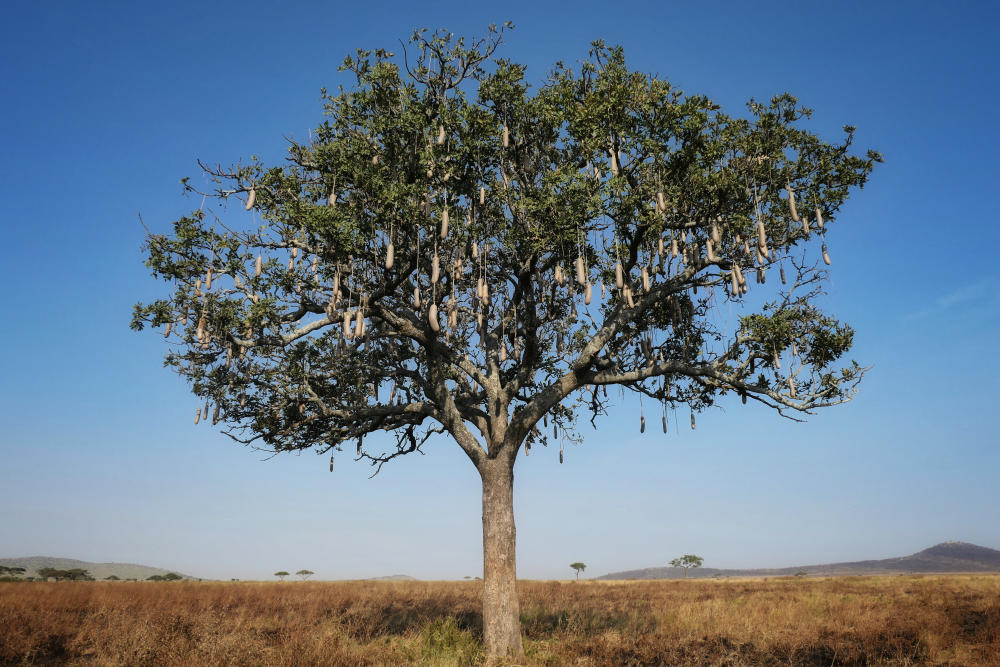
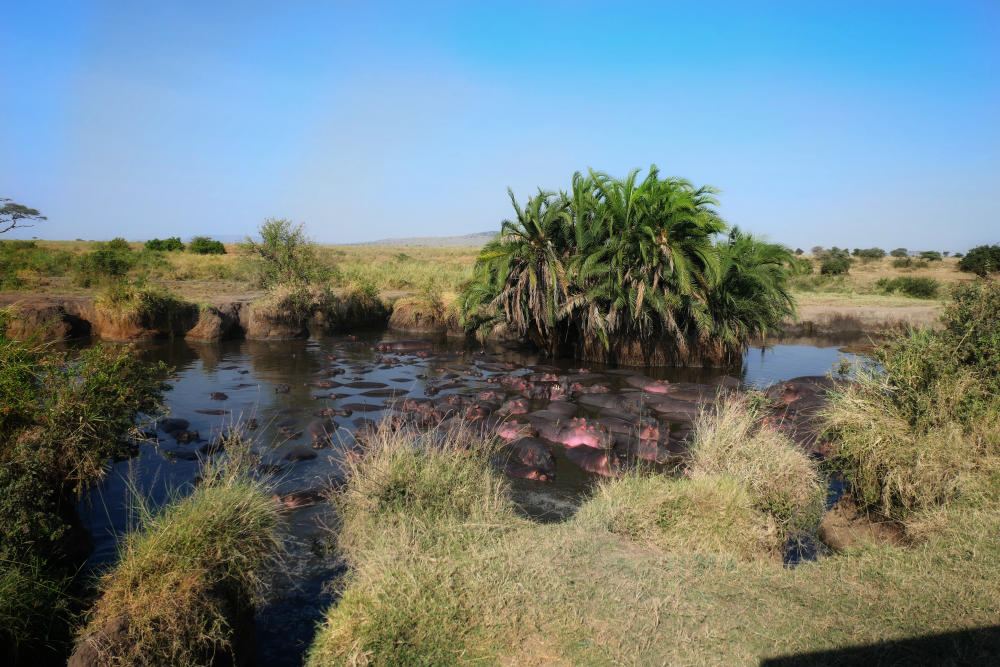
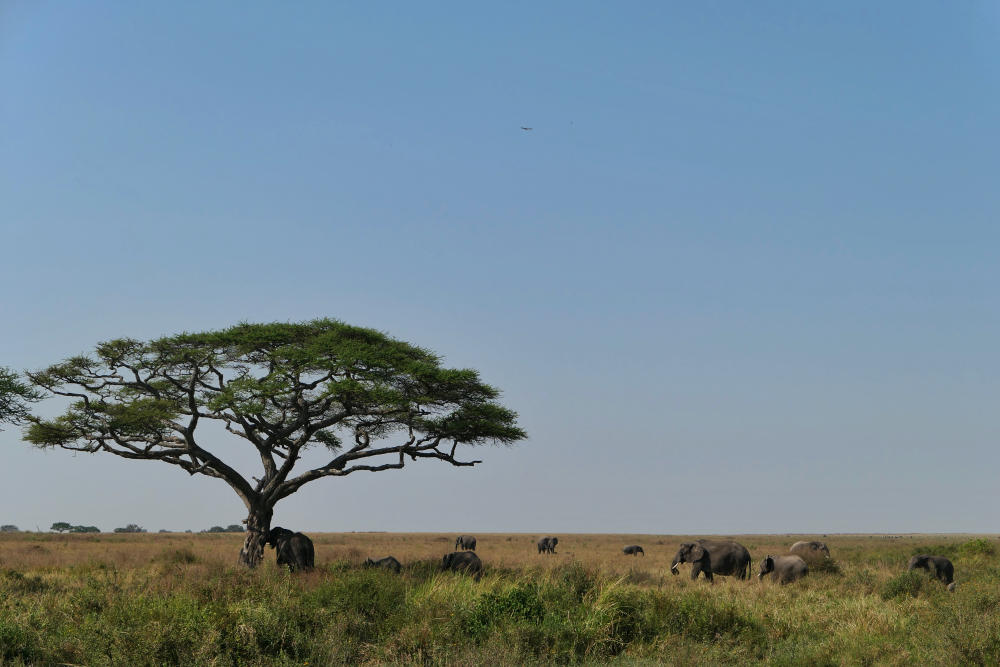
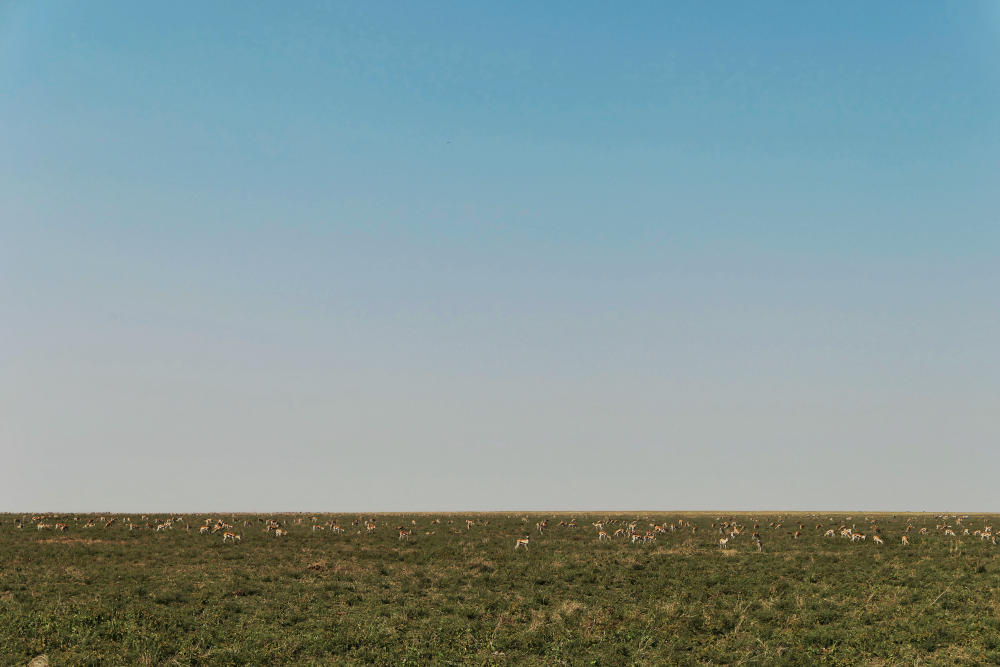
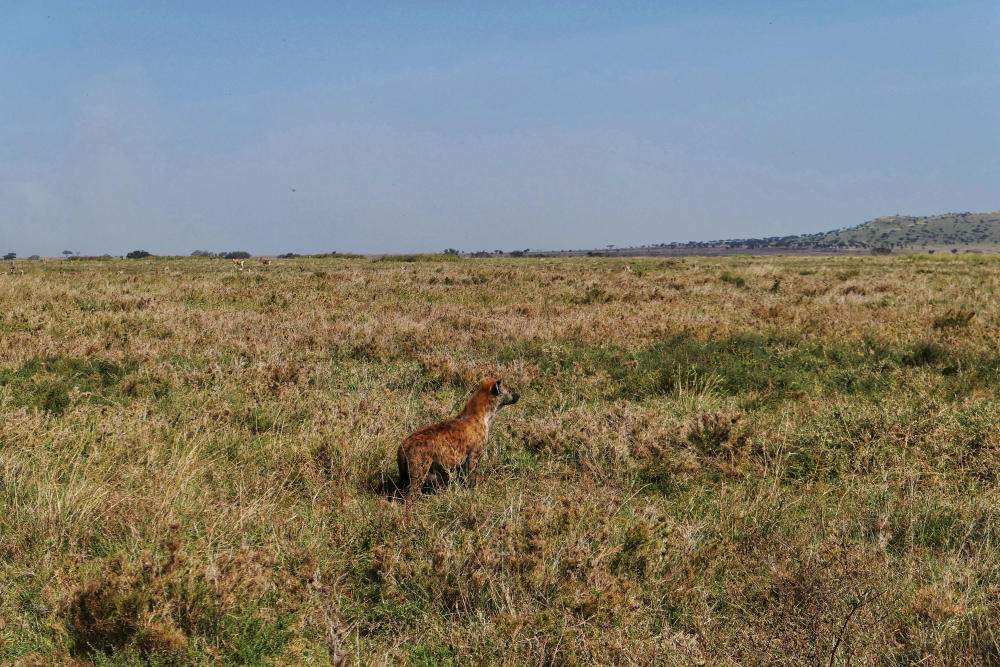
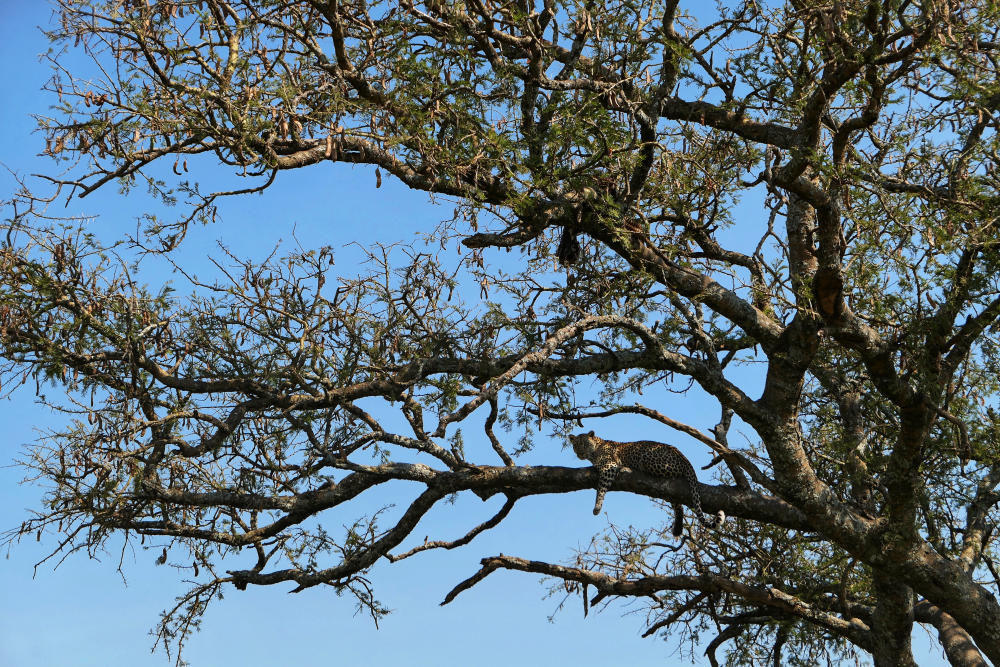
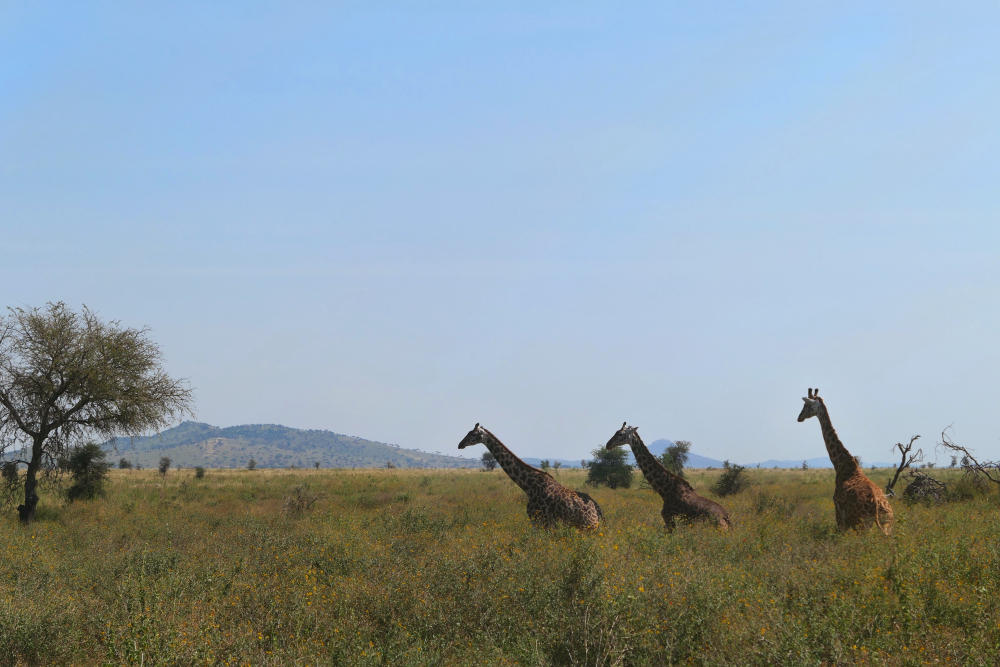
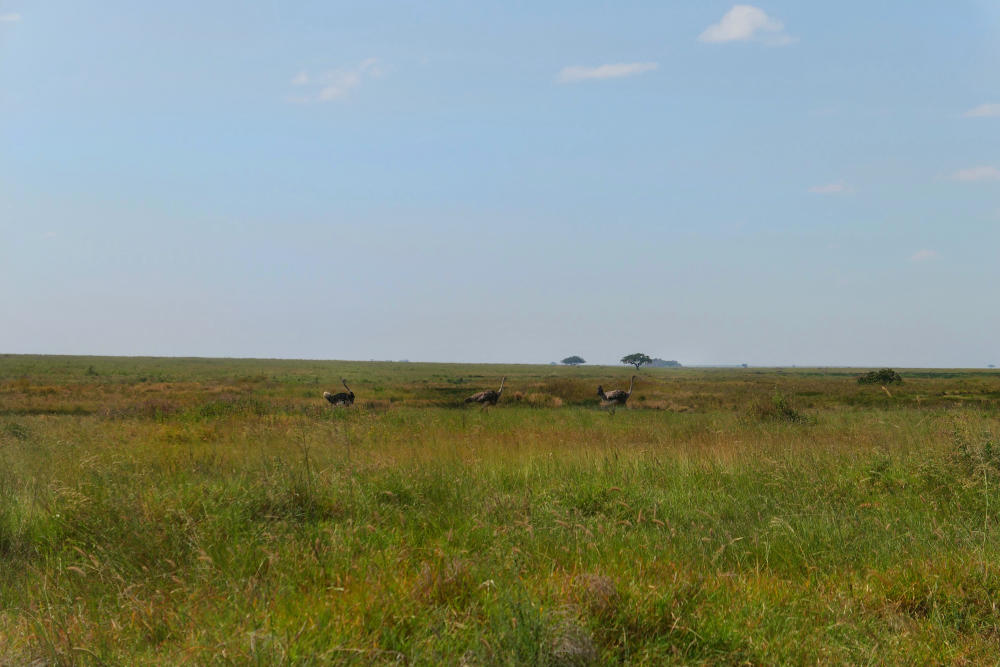
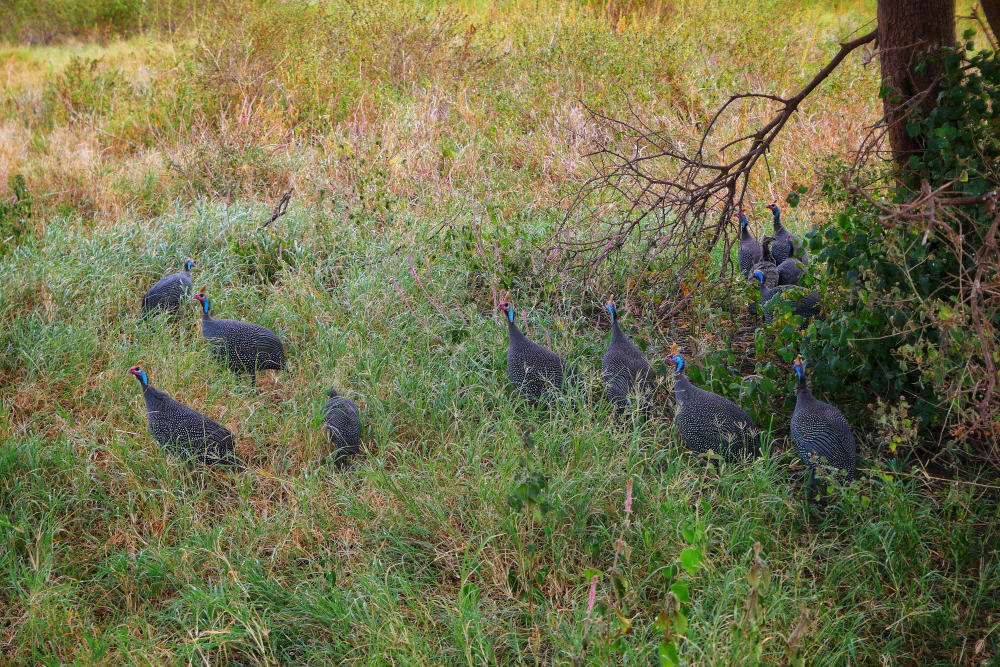
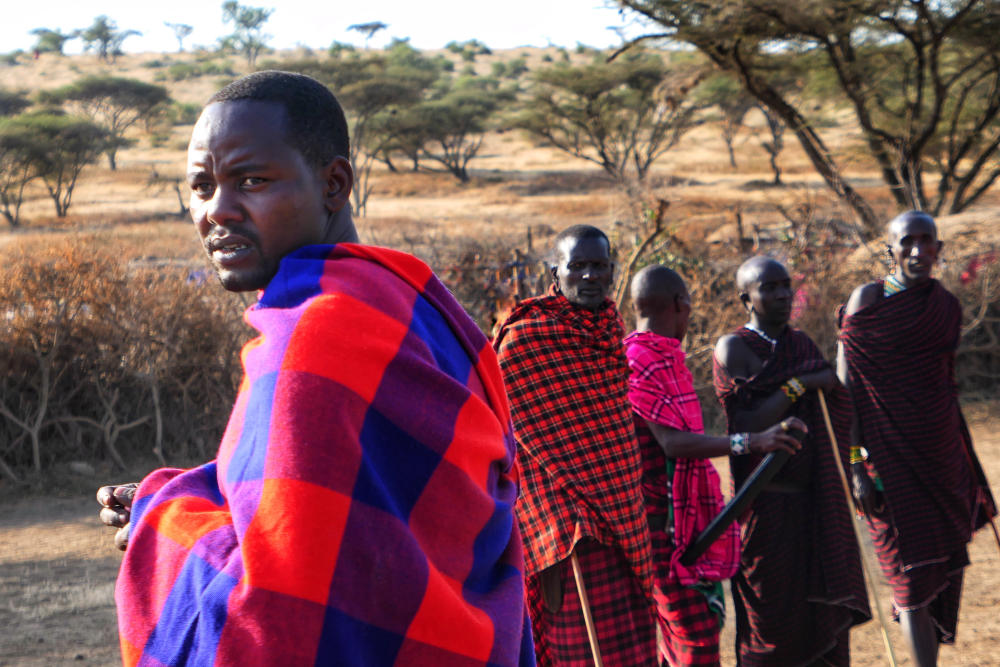


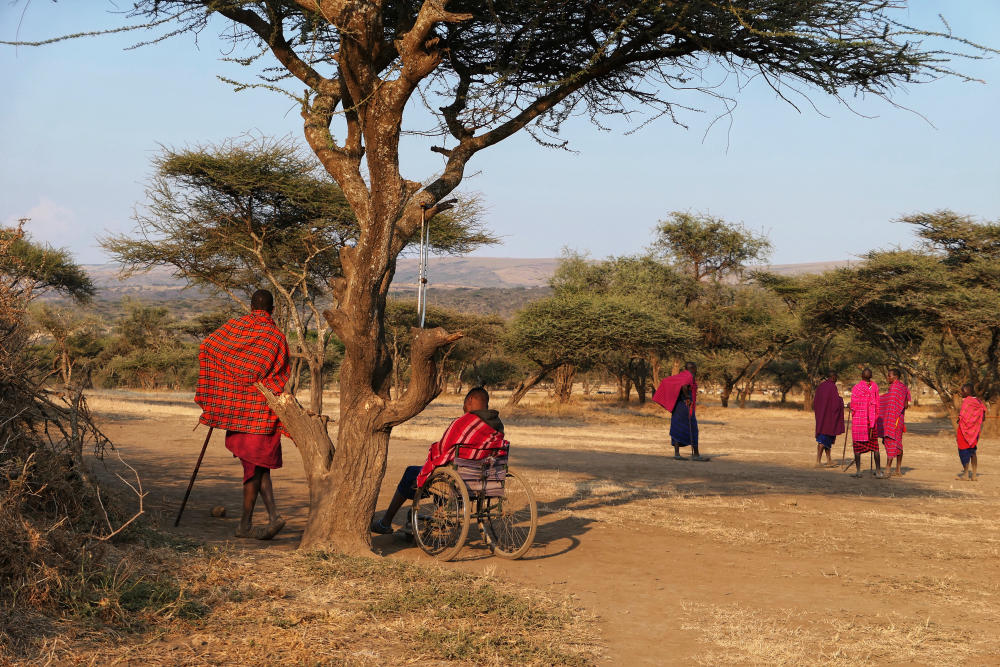
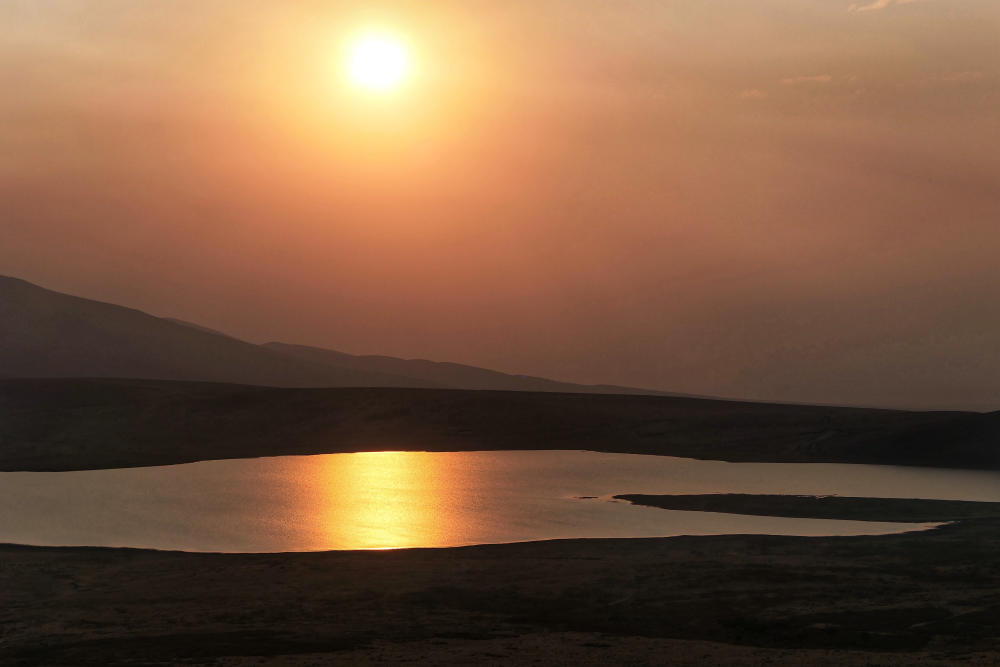

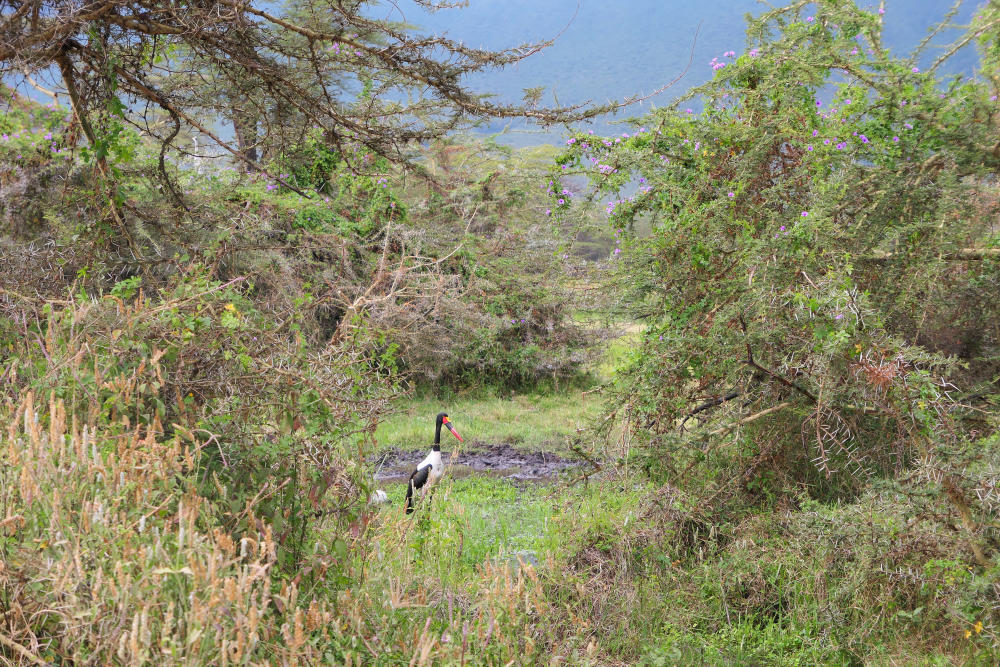
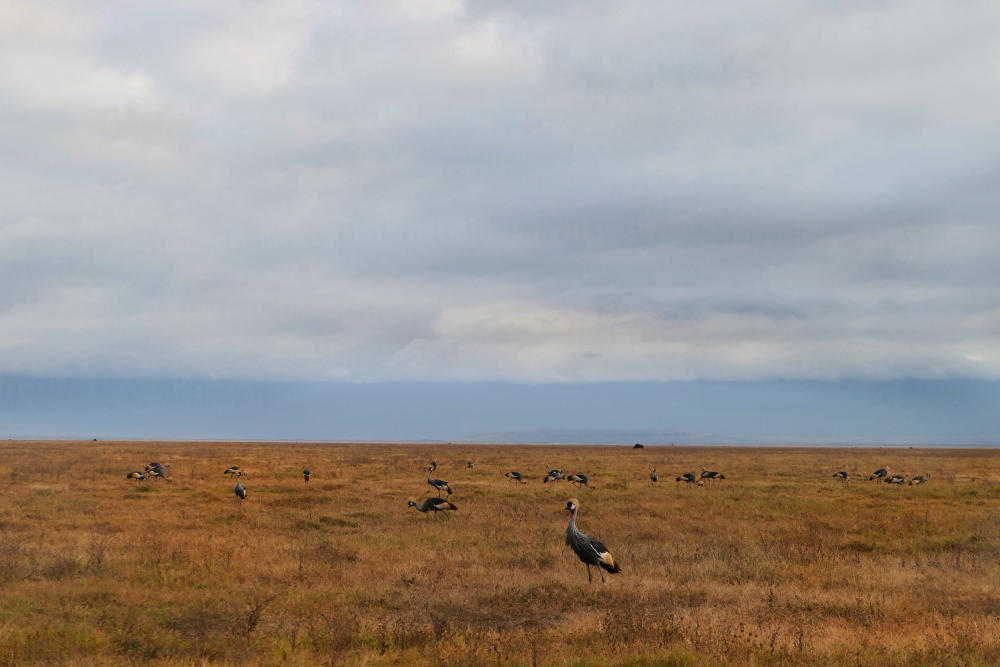
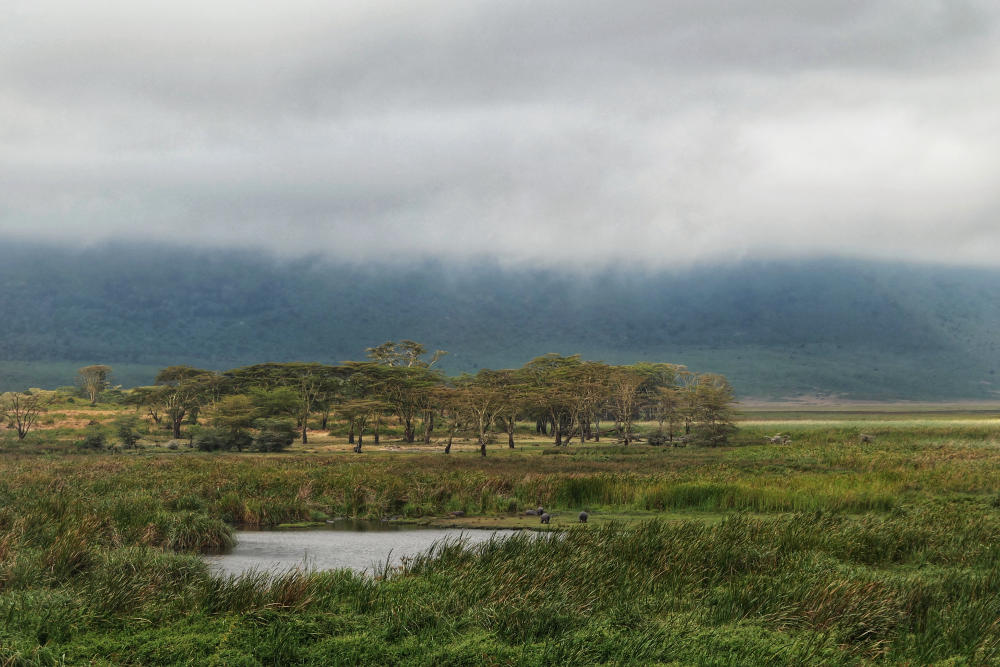
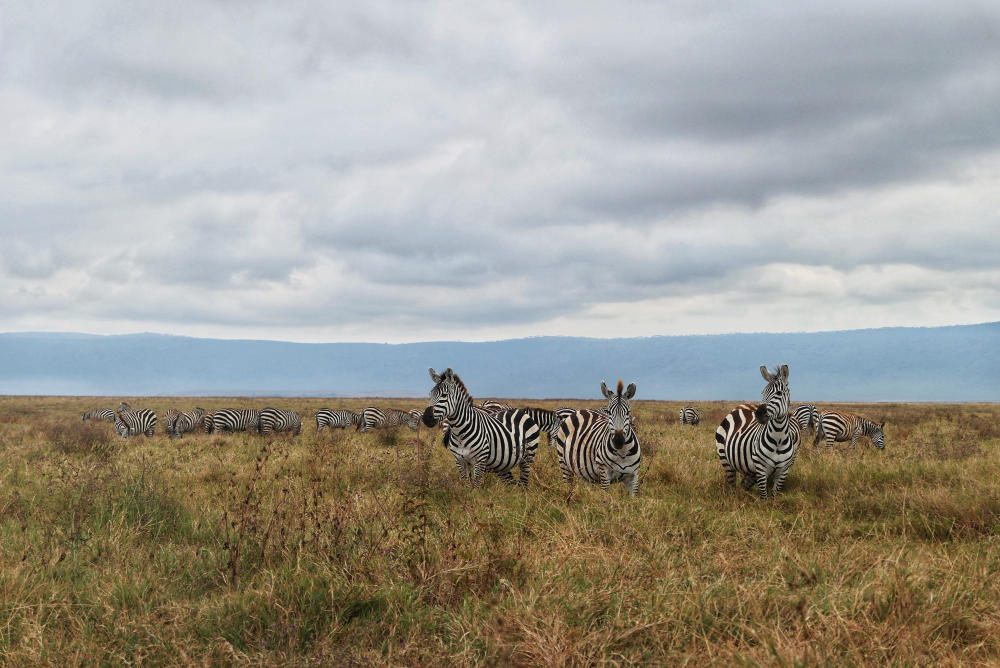
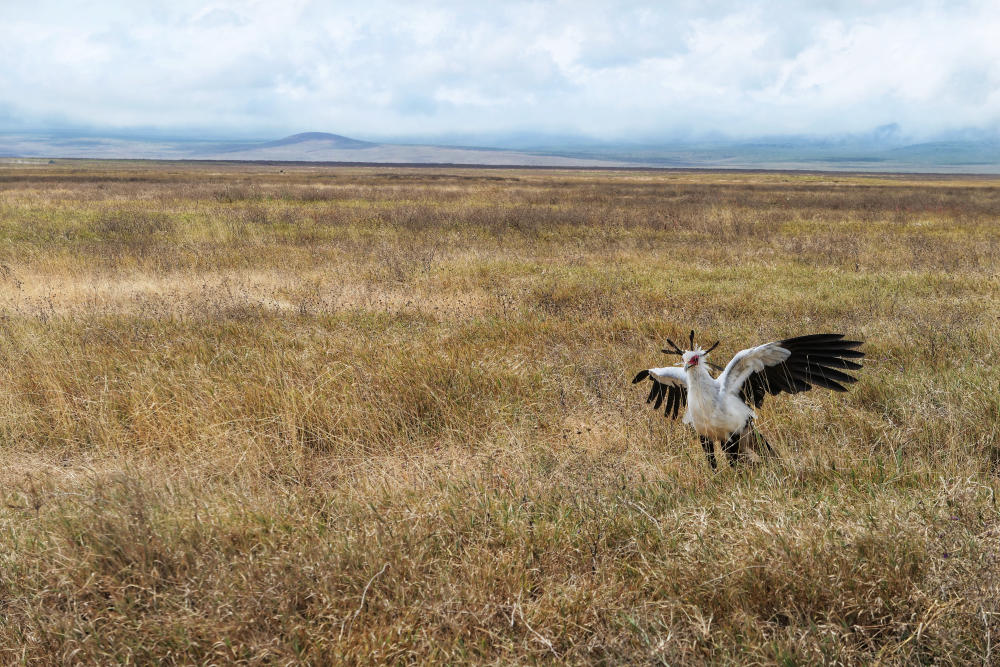
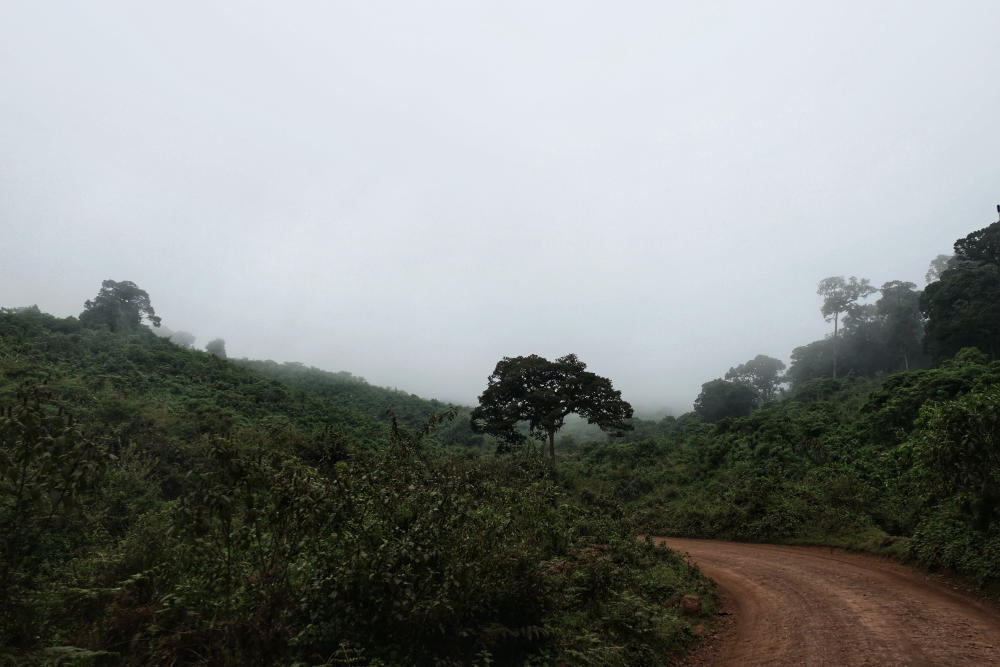
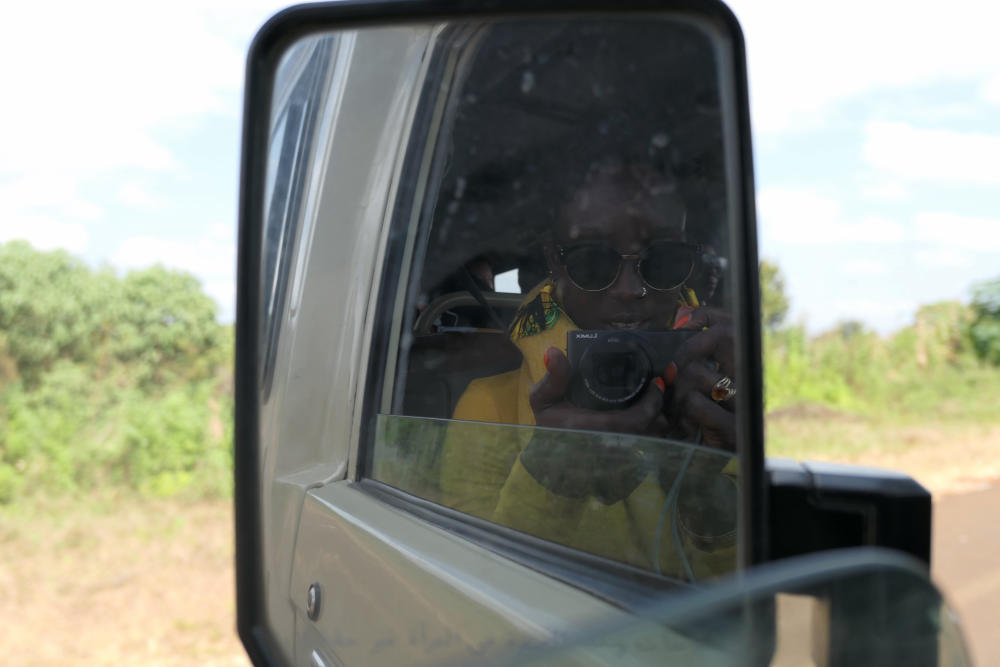

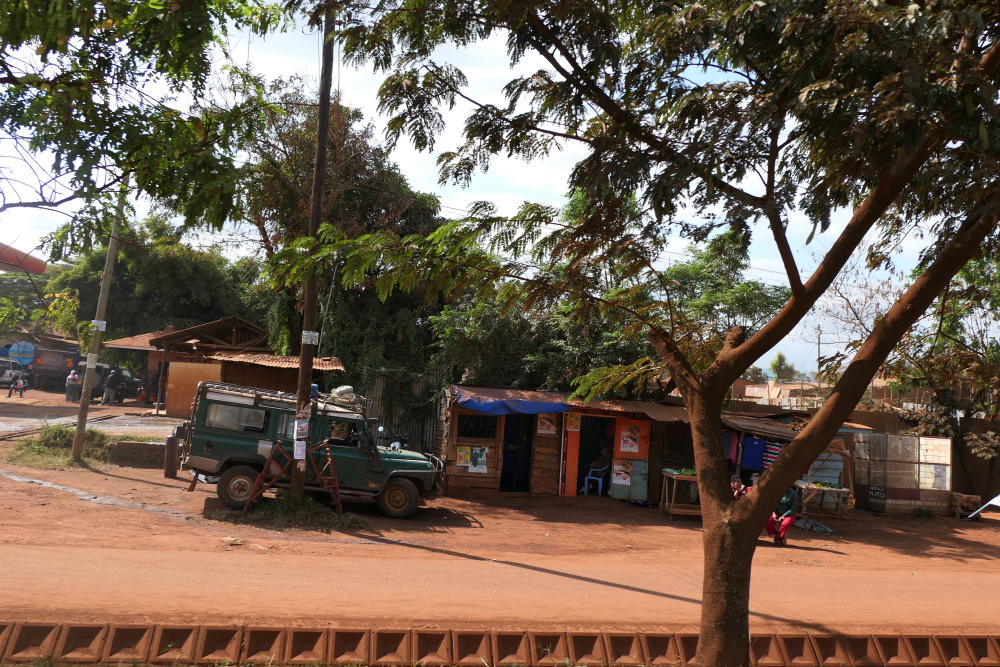

Recent Comments